Strange Woods Podcast > Episode > Episode 29 – All Wrapped Up: The Mummy Episode!
Episode 29 – All Wrapped Up: The Mummy Episode!
Welcome back, Strangers! In this episode, we dig into mummies...pun intended! What are they? Why are they? Where are they? Why does everybody love mummies? How did they become so popular? We discuss all these things and more. Come on, ya'll! Let's get wrapped up in it!
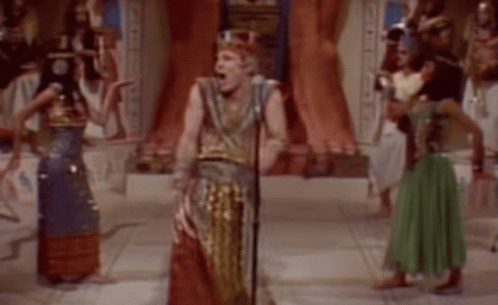
TRIGGER WARNING: This episode discusses the topic of mummification of dead bodies, organ removal, and mistreatment of corpses. This page also contains photographs containing images of the above. Discretion is advised.
STOP! INSIDE JOKES AHEAD!
If you haven’t gotten to listen to the episode yet, spoiler alert! This post contains lots of stuff that will make waaay more sense if you listen to the episode before or while reading. So if you haven’t already, pump the brakes and listen to the episode or just click above to play so that you can be in on all the shenanigans to follow!
Join our Discord: https://discord.gg/EQU8jVSH5G
Produced by Peter Woodward
Listener Story
This week, our listener story came from someone we are calling Anonymous Alice. She told us a spooky story about encountering a man (maybe?) while driving home. His appearance and behavior left an impression on her that she has never forgotten even 30 years after it happened. It was amazing! Thanks, Anonymous Alice!
MUMMIES!
Everybody LOVES mummies! They have existed for thousands of years and have been in popular culture for hundreds. But why do people dig ’em? Let’s get a little background…

BACKGROUND
Egyptian Mummification
The most well-known mummies are those from Egypt. This is what most people think of when they think about a mummy. You know, all wrapped up in bandages and lying in a big ornate coffin. So what was the purpose of mummifying? How was it done?
- Egyptians believed the body was the house of the spirit and if it was destroyed, the spirit would be lost. “The idea of “spirit” was complex, involving really three spirits: the ka, ba, and akh. The ka, a “double” of the person, would remain in the tomb and needed the offerings and objects there. The ba, or “soul”, was free to fly out of the tomb and return to it. And it was the akh, perhaps translated as “spirit”, which had to travel through the Underworld to the Final Judgment and entrance to the Afterlife. To the Egyptian, all three were essential.”
- Mummification was largely reserved for the wealthy and royal rather than commoners. An exception to this rule was animals with great religious significance like crocodiles and cats.
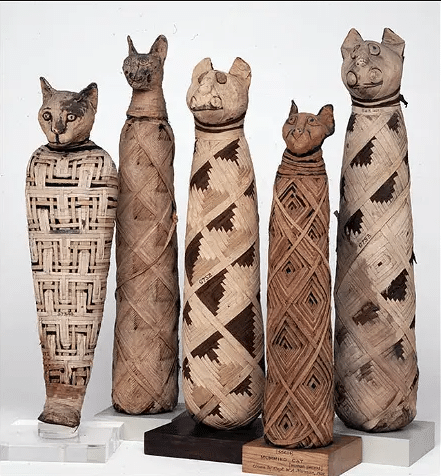
The next step was moisture removal. Natron, a natural salt mixture found in the Nile River, was placed all over and within the body cavities. Once the body completely dried out, any sunken areas were filled in with linen. Often false eyelashes were applied, and sometimes a mask was placed on the deceased’s face.
Hundreds of yards of linen strips were then used to wrap body from head to toe. As the corpse was wrapped, items like amulets and gems were placed intermittently within the layers. Magic scripts and prayers were written on the linens to protect the dead from danger and mishaps. Coatings of resin were placed between the layers of wrapping. To complete the process, the body was wrapped with a final cloth or shroud which was secured with more linen strips. The completed mummy was placed into a sarcophagus.
Artistic renderings of things the deceased would need in the afterlife were placed in the tomb because they magically appear in the Afterlife with the deceased. The tomb then was often filled with foods and riches as well.
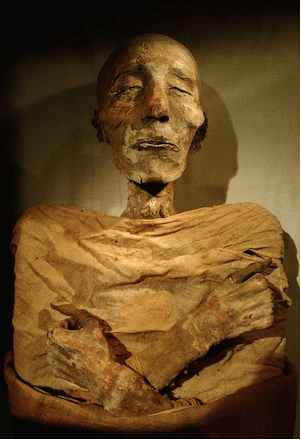
East Asian Mummification
Egypt wasn’t the only civilization embalming their dead. No, no. Over in East Asia, specifically China and Korea, mummification was a common practice as well. The primary difference between the Asian and Egyptian techniques was that in East Asia, there was no embalming and the internal organs were not removed.
In Korea, mummies were found that were dated to the time during Warring States and Western Han periods (16th to 18th century). But were these accidental mummies? Research indicates that the body preservation may have been inadvertent and multifactorial. The burial technique they used was called Hoegwakmyo burial. The pine coffins they used were stuffed with cloths which minimized the presence of oxygen. Additionally charcoal was utilized–this is helpful for preservation because charcoal is moisture-absorbent. A lime soil mixture was poured into the coffin and hardened around it providing a good seal. High temperatures created by the lime soil mixture killed exiting bacteria which prevented decomposition.
Purposeful or perfect storm…for mummification?
In China, it has been established that mummies were first found to have been mummified around 2000 years ago! Discovered mummies were dated to the Song and Ming Dynasties (middle 11th century), and their treatments were similar to the Korean style of burial. One difference is that the burial mix was composed of lime, yellow clay soil, sand, and sticky rice water, called a sticky rice paste or soup. A sealed tomb was also used, and the inside is similarly filled with clothing and charcoal.
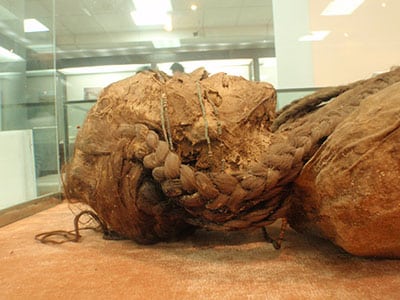
Incan Mummification
In the Incan culture, early mummification was “natural” as in “done by nature”. They conducted mountain sacrifices and the environment essentially did the work. This process took approximately 30 to 40 days due to the naturally arid environment in which the Incas lived.
Once mummification as a practiced process began, it was much more refined. This evolved with the culture as they attempted to honor their dead. The Incas mummified to aid passage of the body into the afterlife and for ancestor worship and respect: “mummies were seen as a physical link between the living population and their gods”. They held a high place in society as well. The mummies were celebrated. They were paraded down streets and brought out for important ceremonies. The mummified were part of the who’s who of the Incan Empire, specifically royalty.
Though preservation practices varied, most often used was a special technique called the “Black Technique”. In this process, the body was dismembered and stripped of skin. The skin was dried with hot ash or coals, then set aside and stuffed with vegetable matter like grass and animal hair. The body was washed in corn beer, sometimes masks and wigs were put on the deceased, and the skeleton was often reinforced with sticks. The corpse was then placed into the fetal position and wrapped with cloths and bound with twine. This was called a ‘mummy bundle‘.
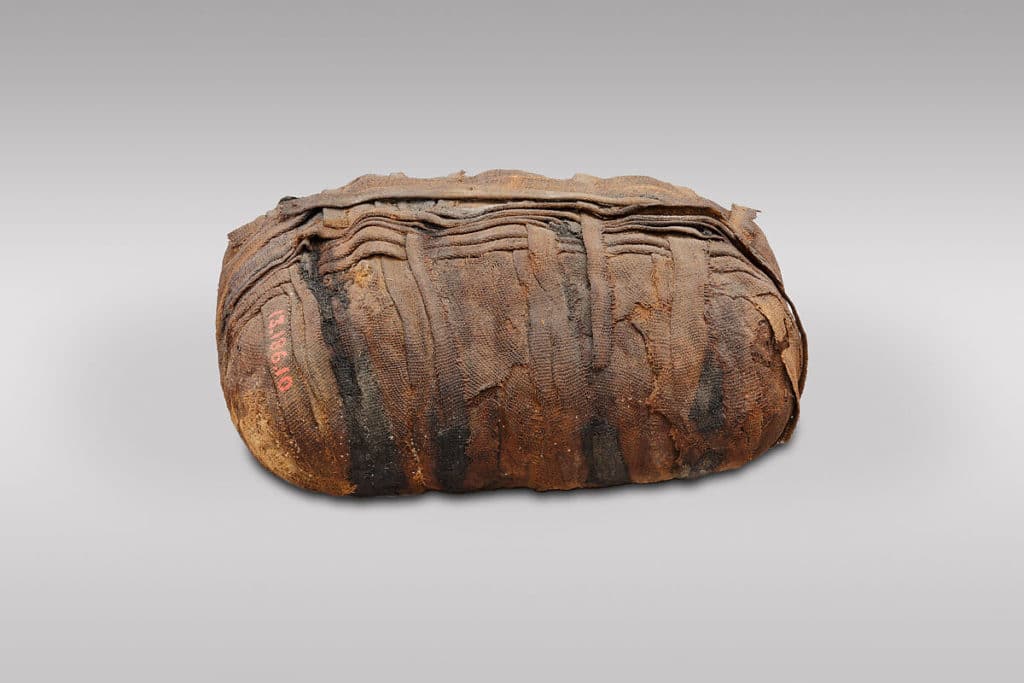
GAH. Why does it look wet?
Bog Bodies
An inadvertent, but extremely interesting example of mummification is the bog bodies. These bodies were found in Northern European peat moss bogs and were nearly perfectly preserved with coppery skin and near-flawless features and bodies. The most well-known example of this is the Tollund Man, dated at around 2300 years old!
How was this possible, you ask? Well, I’ll tell you. The conditions were right to allow for preservation. The peat moss forms a rainwater-fed dome. In this environment, there are few minerals and very little oxygen, lots of acid, and low temperatures. Even the natural breakdown of the moss releases byproducts that help halt bacterial growth. All of these factors together served to essentially refrigerate and preserve the bodies. So when a body went in, it got volun-told to mummify!
Self-Mummification
Practiced by Buddist monks in Japan, China, and India was the art of self-mummification. It was said to be the most severe and challenging of spiritual journies, often resulting in the participant dying before completing the ritual. One such example of these processes was as follows.
For three years, the person would live on a diet consisting of nuts and seeds, then three years of bark and roots. This served to remove as much fat as possible from his body. He then drank a poisonous tea that purged him of all fluids (ie. lots of vomiting and pooping…yikes). He then entered into a tomb, taking an air tube and bell. The person would spend the time meditating and ring the bell each day to signal to the outside that he was still alive. When eventually the bell no longer rang, the air tube was removed and tomb was sealed.
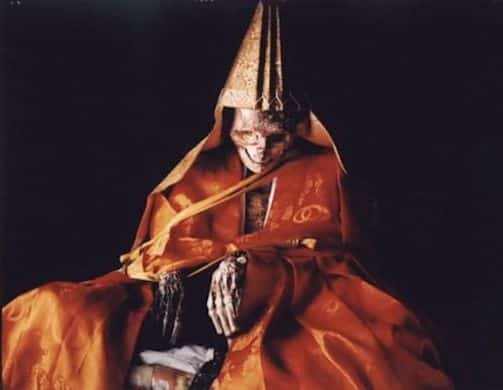
Do we still mummify?
So does the practice still continue anywhere today? Obviously, this practice is no longer encouraged or routinely practiced in modern society. However, that does not mean that it is not practiced anywhere. In Papua New Guinea, they reportedly still mummify their dead. Apparently, they smoke the body in a hut until the internal organs dry out then cover it with red clay. They then put them in a shrine.
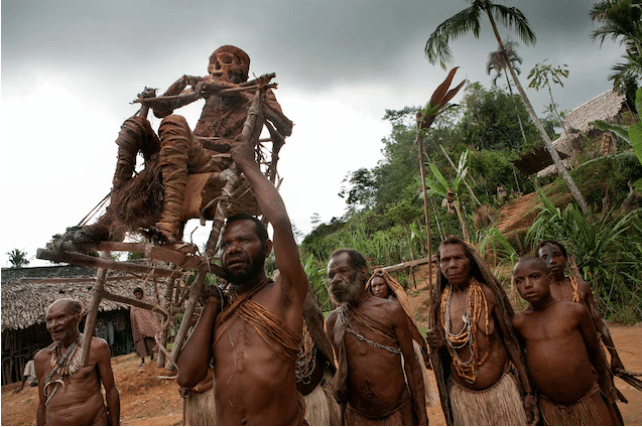
Another practice that continues…though not EXACTLY mummification…is the preservation of corpses by the Torajans in Indonesia. Honoring the dead is extremely important in their culture and every 3-5 years, families dig up their deceased relatives to reunite with them. This is fostered by a strong belief that death is not the end as well as that if you please your ancestors, the reward is a good harvest.
Families clean the bodies and redress them in new clothes. Sometimes they even stick a lil’ cigarette in their mouths before reburying them!
HOW DID THEY GET SO POPULAR?
So when and how did mummies become part of pop culture? When did we start seeing them as movie monsters and a normal Halloween staple?
How did we go from this…
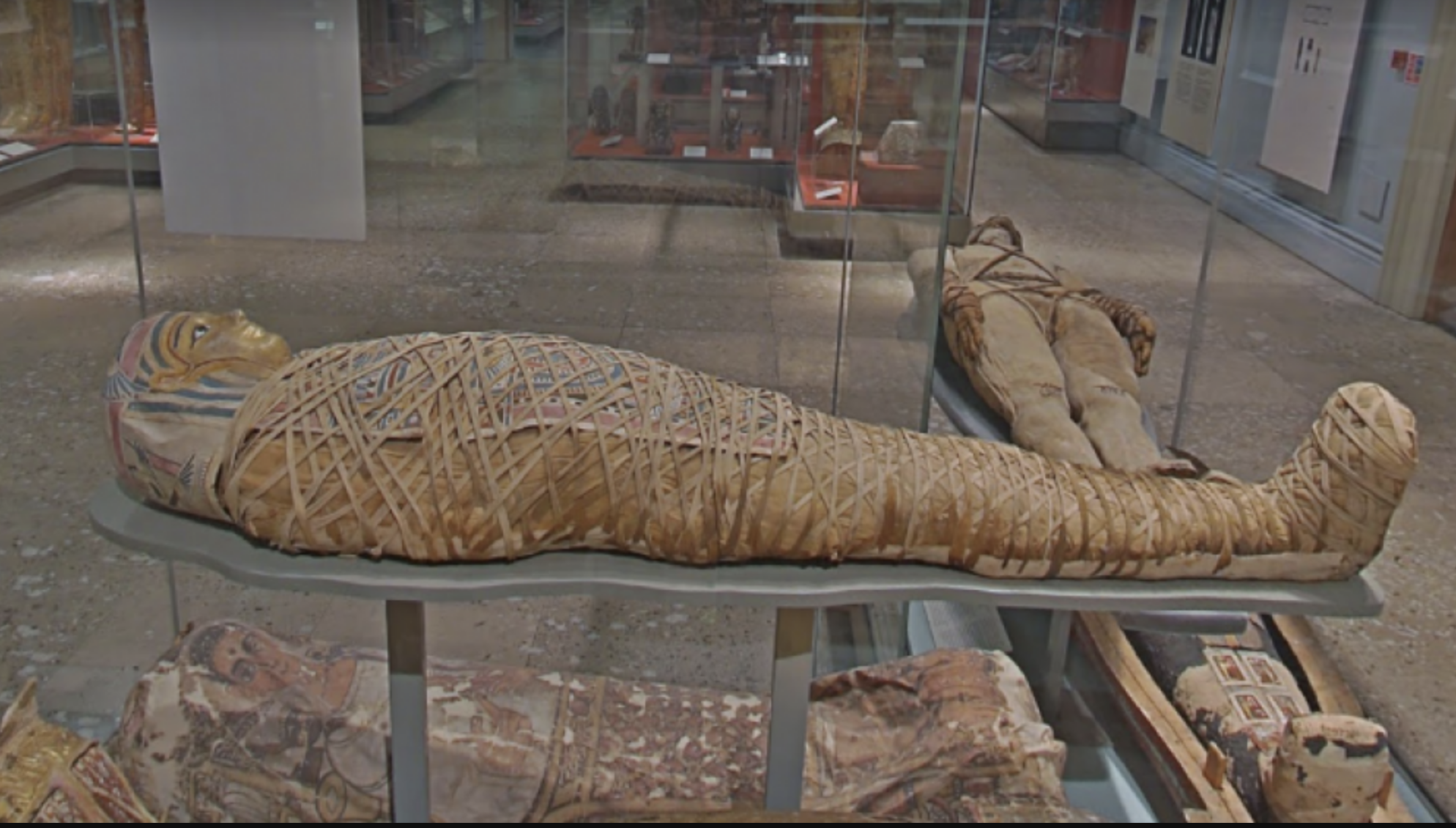
to this??
One word…
Egyptomania!
The term ‘Egyptomania‘ refers to enthusiasm for everything ancient Egypt. Two notable times in history mark surges in Egyptomania in Britain: the turn of the 19th and 20th centuries. During the first wave, Egyptian culture became a fascination of everyday people when artifacts from Napoleon Bonaparte’s exploration of Egypt were returned to Britain. Coupled with that was the first translation of hieroglyphics using the Rosetta Stone in 1822. Emulation of Egyptian decor in homes became the norm in the form of things like cheap replications of Egyptian furniture and China patterns. And of course, as always, the trends would travel across the pond to the US of A…for this craze and everything to follow!
Public mummy autopsies and “unwrapping parties” took place regularly to serve as education and entertainment for the British. They were dissected as a scientific pursuit. But the parties were merely to serve as a morbid form of amusement for the wealthy. Often a room was decorated with artifacts and big show was put on prior to unwrapping–usually a lecture on Egypt and its history. The items found on the body were often passed around the room for all to see and touch…even taste in some instances. At private gatherings, those items may even have been kept by the guests as souvenirs. Gross.
As fascination grew, authors began writing about mummies. Jane Loudon’s book “The Mummy! A Tale of the Twenty-Second Century” in 1827 was the first. Others include Théophile Gautier’s “The Mummy’s Foot” in 1840, Edgar Alan Poe’s “Some Words with a Mummy” in 1845, Louis May Alcott’s “Lost in a Pyramid or The Mummy’s Curse” in 1869, and Sir Arthur Conan Doyle’s “The Ring of Thoth” in 1890 and “Lot No. 249” in 1892, and Bram Stoker’s “The Jewel of Seven Stars” in 1903.
“Lot No. 249” is thought to be the first work that brought a mummy into the “monster” role. Along with the rising popularity of the film industry, it wasn’t a far jump for the mummy to become the subject of films like 1899’s Robbing Cleopatra’s Tomb and 1911’s The Mummy.
This was kicked into high gear following the discovery of King Tutankhamen’s tomb in 1922, which is arguably what set off the second wave of Egyptomania. The difference was that now, it was all about the mummy’s curse.
The gist of the story of King Tut’s curse is that several people that were part of the discovery of King Tut’s tomb died mysterious and horrible deaths because they were cursed by the mummy.
In truth, the benefactor of the excavation, a wealthy earl named George Hebert, 5th Earl of Carnarvan, had fallen ill from a mosquito bite infection that did kill him. Somehow the rumor circulated that he had stolen from the excavation site and therefore from the mummy himself!
So.. boom. There you have it. Hot gossip. He stole from the mummy and he got cursed and he died, dude.
Art and Entertainment
After the discovery of King Tut and his “curse”, what started as morbid interest was now full-on mania in both Britain and the United States! This culminated with the iconic and classic film, The Mummy in 1932 starring Boris Karloff.
The film was a huge success, and though the actual mummy had very little screen time, the impact was undeniable.
With the sequels, Boris Karloff was not cast as the mummy, but it was largely his association with the film and character that helped make it so popular. To combat this, the actor that replaced him–Tom Tyler–was kept wrapped up and covered, and the character of the mummy was made mute–all to help disguise the fact that this was not Boris Karloff!
Further, the shuffling and limping gait of the mummy was actually not a character choice, but a consequence of the fact that the actor replacing Boris Karloff had arthritis! So we literally owe the traits of how a mummy moans, groans, shuffles and limps to Hollywood trying to get one over on audiences! Ha!
So from 1940-1955, Universal Studios made The Mummy’s Hand, The Mummy’s Tomb, The Mummy’s Ghost, The Mummy’s Curse, and Abbott and Costello Meet the Mummy–all without Karloff, all adopting this new mummy schtick, thereby cementing it as canon.
Mummies continued to be used in film and television and have become a horror and adventure staple. And let us not forget…
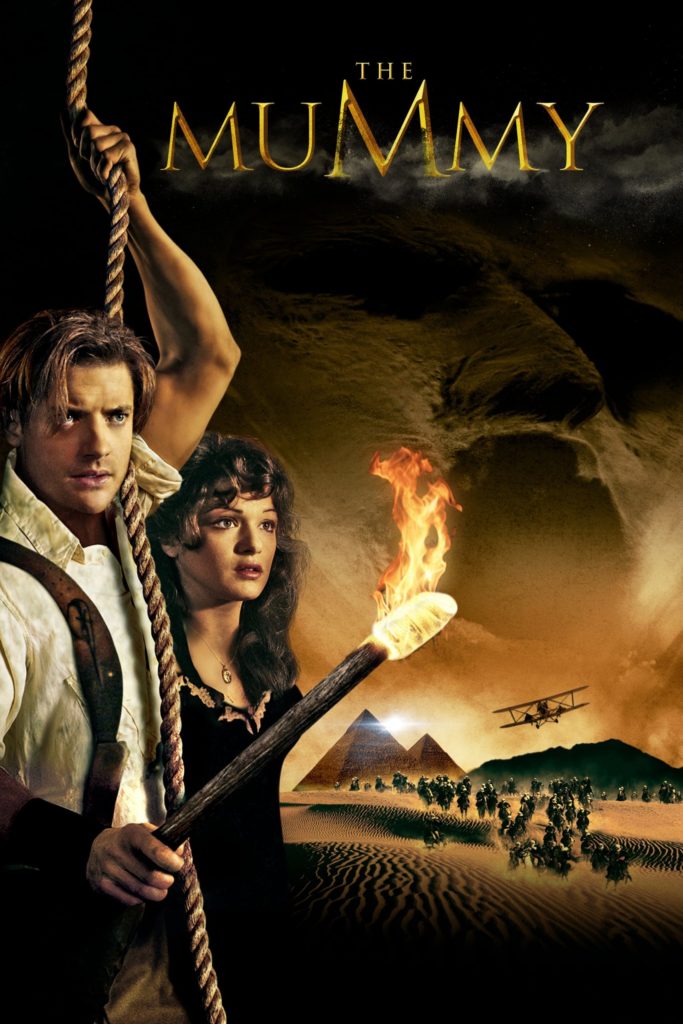
Mummies as Medicine
Bitumen, a naturally-occurring carbon mineral deposit, was a common medical remedy in early modern Asia and Greece. The Persian word for bitumen became the Latin mumiya and later in medieval Europe–mummie. With this came the mistaken belief that that ingesting preserved human remains had medicinal effects. Wow.
https://strangewoodspodcast.com/guess-what-mellified-man/
Beginning in 12th century Persia, the use of mumia or mummy elixir came into play. It consisted of a mixture of the black exudate from the bodies of embalmed corpses with aloe and myrrh that was given as a cure all remedy for illness. It was given for cuts, bruises, fractures externally, and stomach ulcers and tuberculosis internally. Mumia was also used as an aphrodisiac. Like all mummy products, it was so rare and highly sought out, many faked it by using freshly dead bodies instead. The use of mumia was banned in the 16th century. However, some sources say this taboo rememdy was last offered for sale medicinally in 1924…hmmm…
Another mummy medicine that was used was mummy powder. And it’s exactly what it sounds like: finely ground bones and other remains of mummies. It was given medicinally as well as used as pigment to create the color “mummy brown” paint!
The Future of Mummification
Is cryopreservation the new mummification?
It IS essentially preserving the intact body or at least the head of an individual for the purpose of continuing life after death…
Hmm…food for thought.
For more on cryopreservation, listen to Episode 14 – It’s ALIVE! The Reanimation Episode.
This is a really great video on the evolution of mummies into popular culture and was a big source for the information in this episode! Check it out!
WHAT ELSE DID WE DISCUSS?
Man of A Thousand Voices...
The phenominal Jim Cummings…Voice Actor Extraordinaire!
Skibidi Toilet
Throwback!
Not Your Father's Rootbeer
So the answer is…yes, it does contain THC. Interesting…
The Bodies on Everest
Green Boots – Tsewang Paljor. Good news! According to an article (reference at bottom of page), he was removed and buried in 2014!
La Pascualita
Urban legend out of Chihuahua, Mexico about a bridal store mannequin that may or may not be the embalmed corpse of the shop owner’s daughter. Oooooooo! Spooky!
Let's grow up to be Indiana Jones and Alan Grant!
I will not be telling you which one is which. If you don’t know…shame on you.
Nicolas Cage's Pyramid Headstone in NOLA
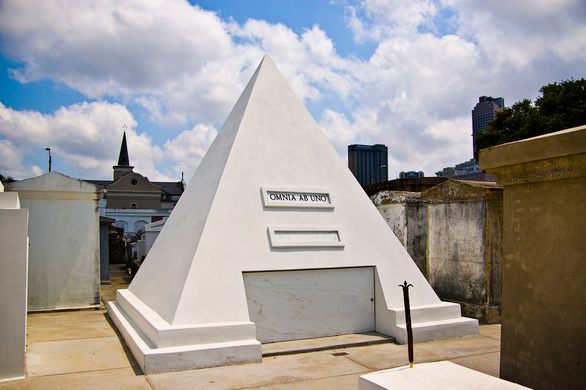
Bubba-Hotep
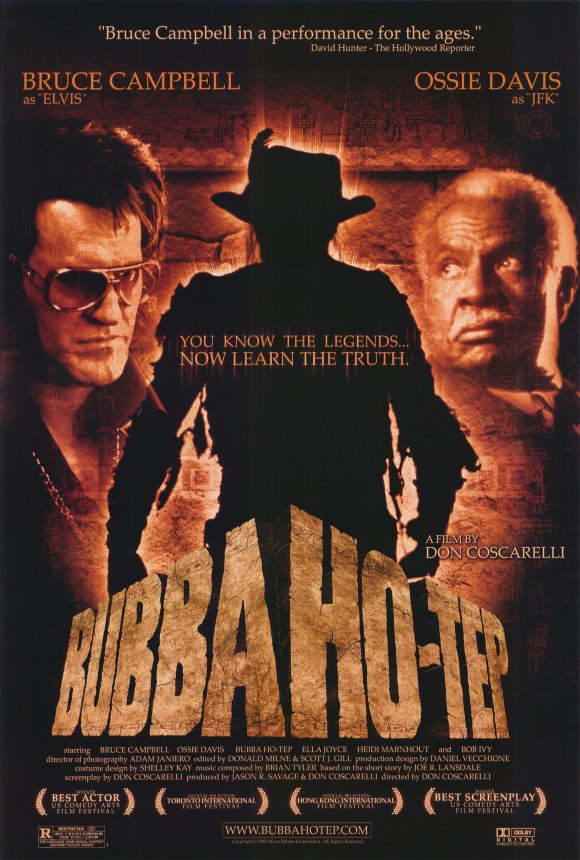
So…this exists.
Strange Woods Recommends...
The Whale
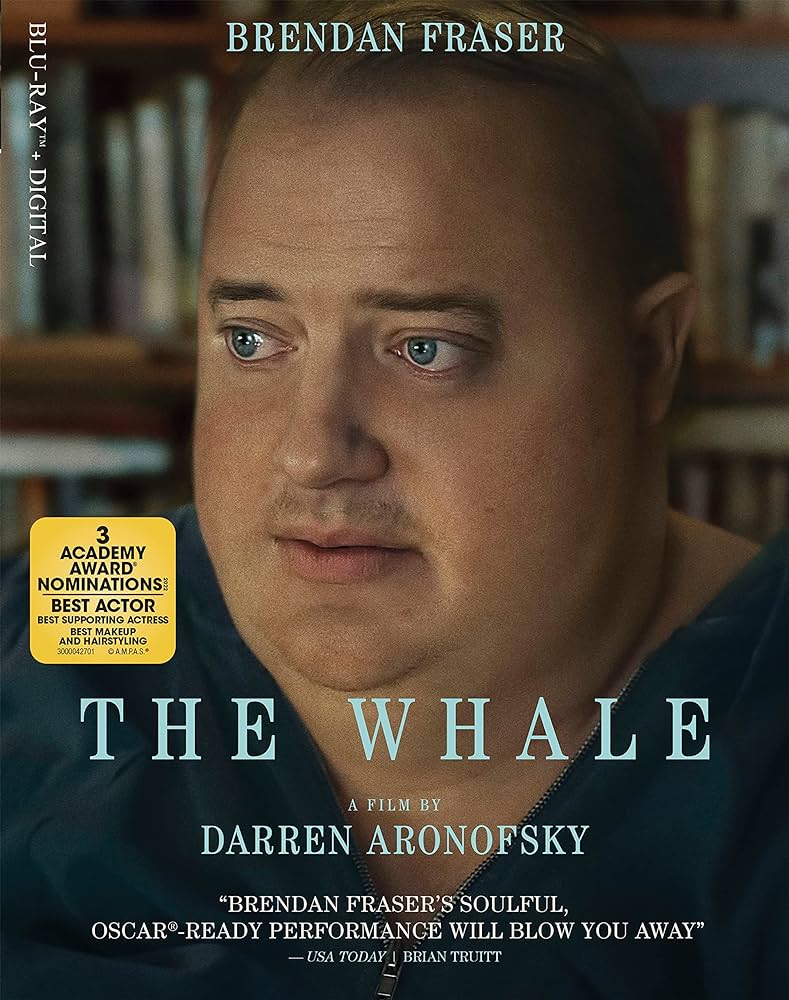
Also...The Mummy starring Brendan Fraser...or anything with Brendan Fraser really...
Mmmm…Brendan Fraser…
Okay, I’m stopping.
Expedition Unknown
Josh Gates, we’re big fans! Check out this episode of Expedition Unknown we referenced in this episode!
Egypt’s Lost Tombs, Season 10, Episode 10
Currently (as of this episode), it can be streamed on Discovery Plus, fuboTV, and Max.
Well, that was a fun one! Big mummy fan here! Hope you guys all enjoyed. Please don’t hesitate to provide us with feedback, episode requests, listener stories, or just drop us a line to say “hey!”
Don’t practice the art of mummification at home and don’t forget to always…
STAY STRANGE! 😉
Some articles and sources:
Tags: Asian mummy, body preservation, Egyptian mummy, history of mummies, how to make a mummy, king tut, mummification, origins of mummies, sarcophagus
3 Replies to “Episode 29 – All Wrapped Up: The Mummy Episode!”
Leave a Reply Cancel reply
Recent Posts
- Minisode 19 – The Squonk 2024-09-05
- Minisode 18 – What’s In the Walls? 2024-07-26
- Minisode 17 – Instant Karma: Schadenfreude Edition 2024-07-11
- Minisode 16 – Welcome to the Woodbooger 2024-06-28
- Minisode 15 – GWIH: Memento Mori 2024-06-07

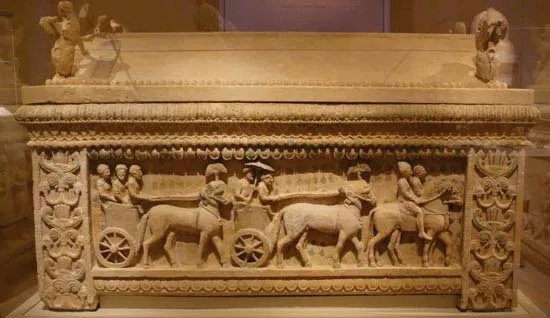
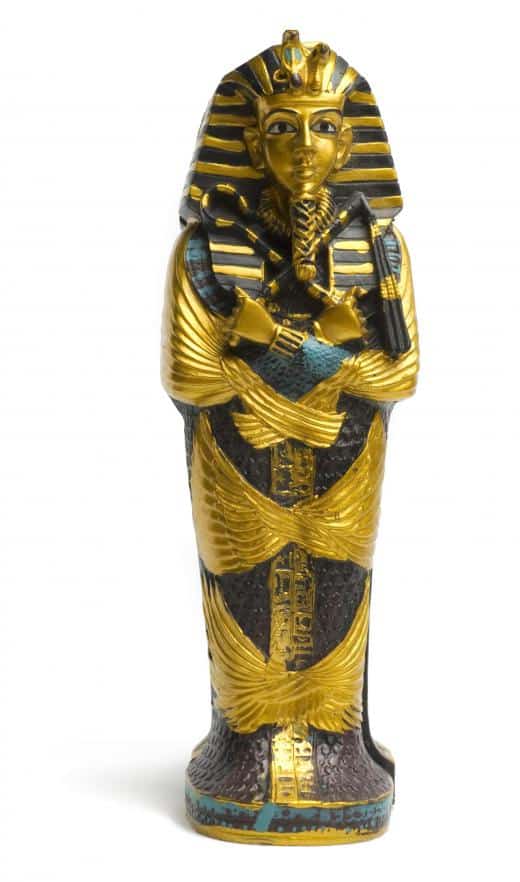
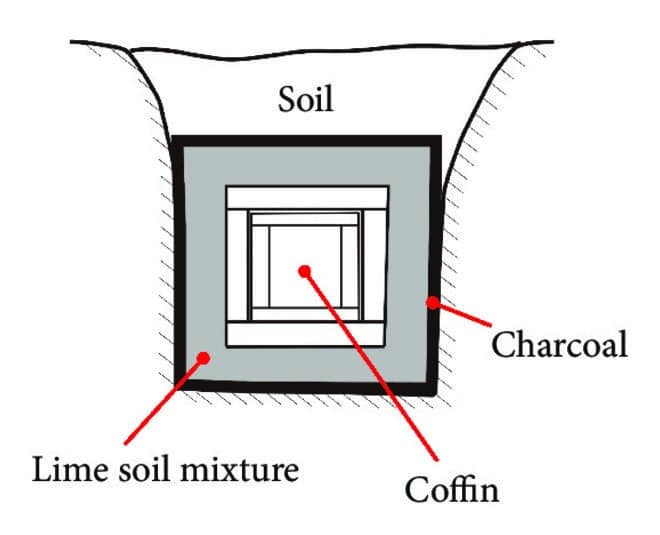
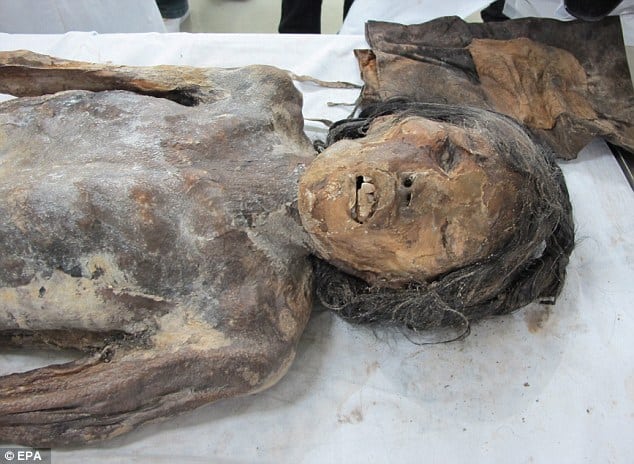
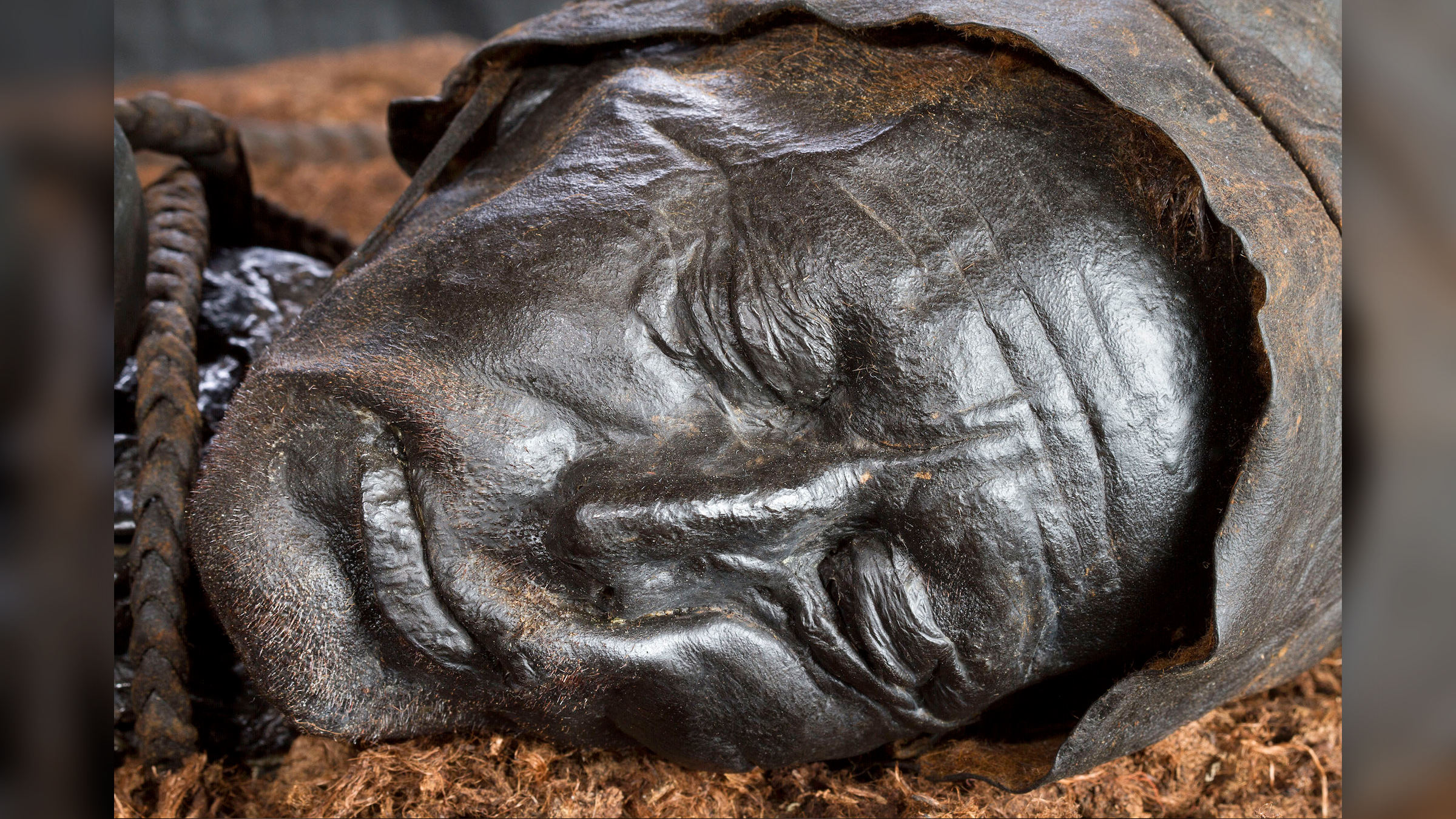
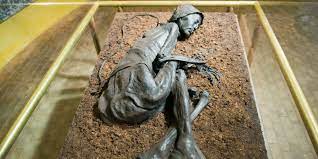
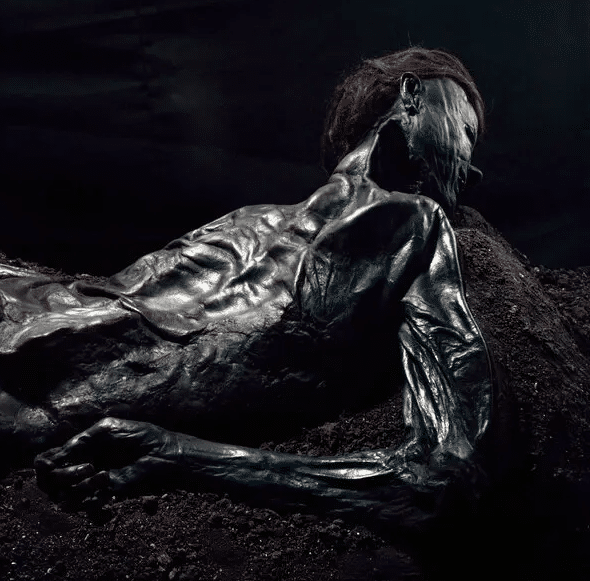
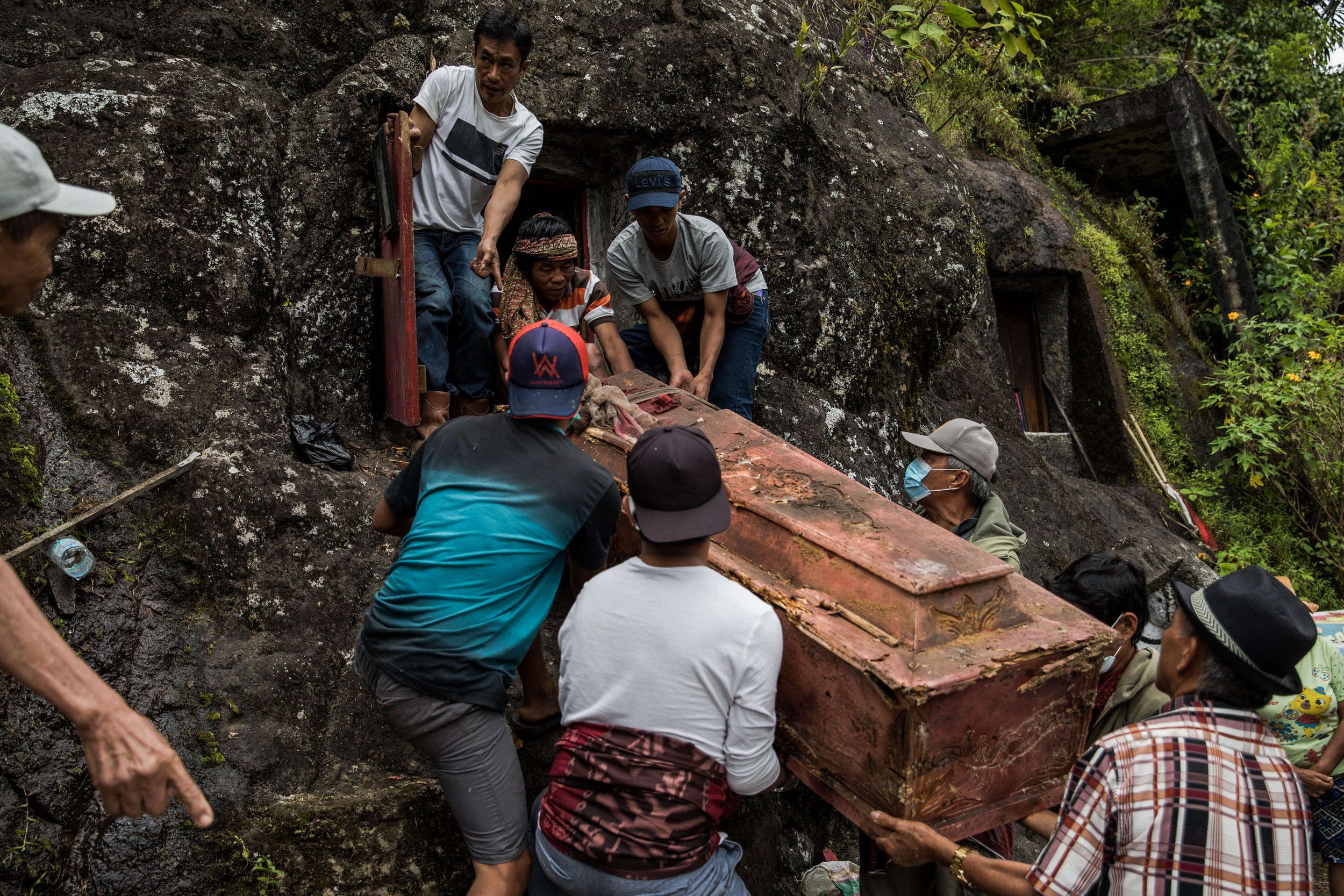
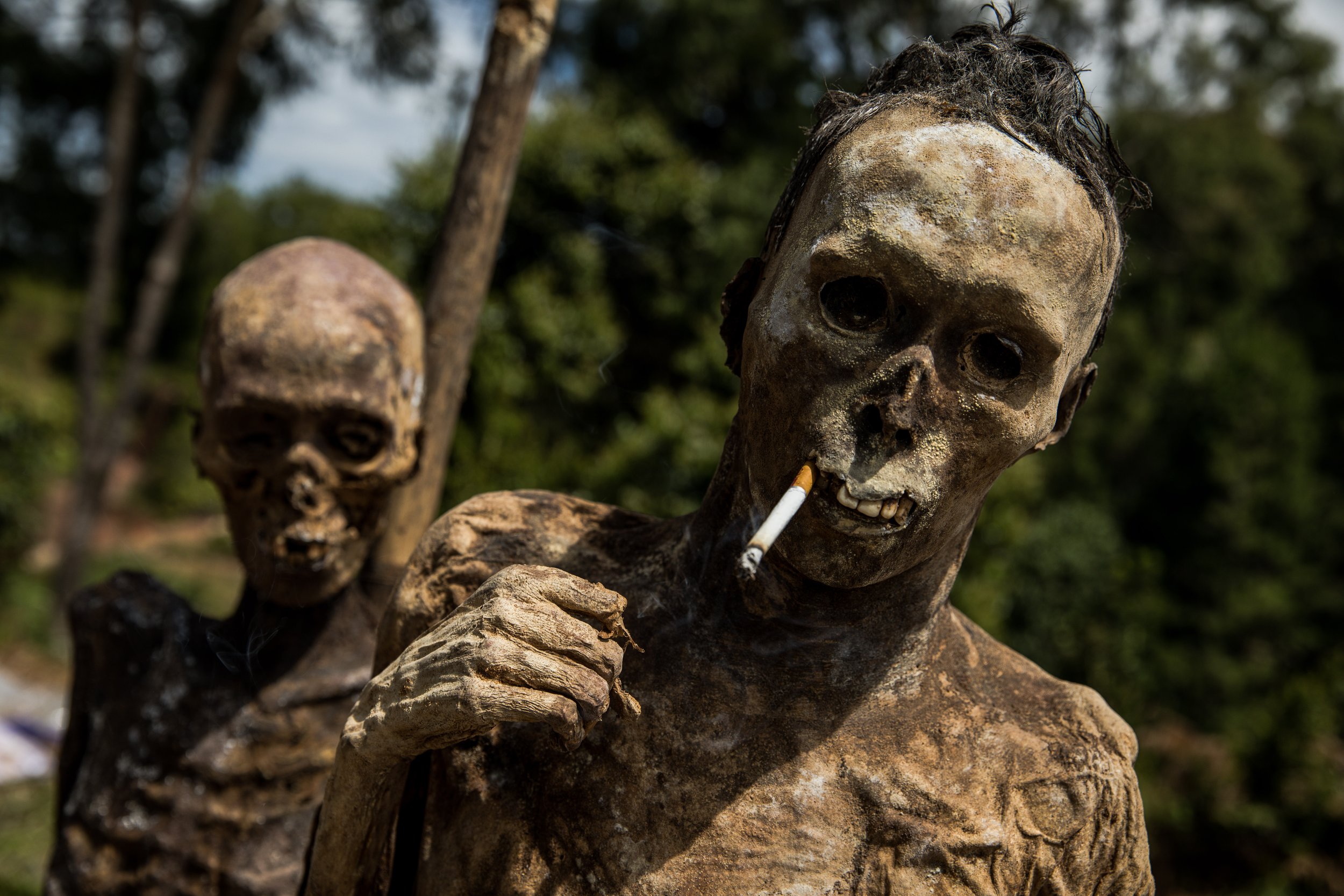
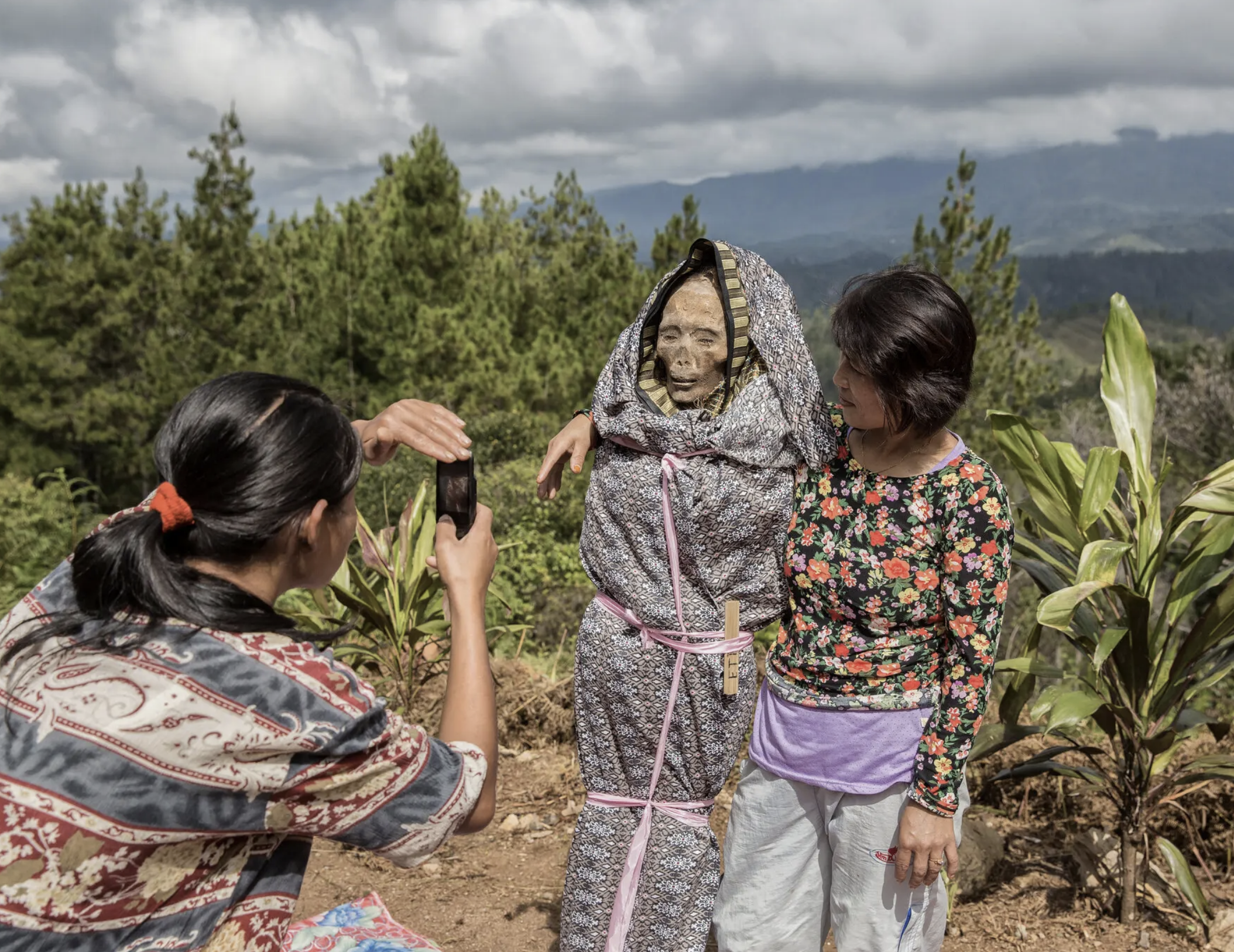
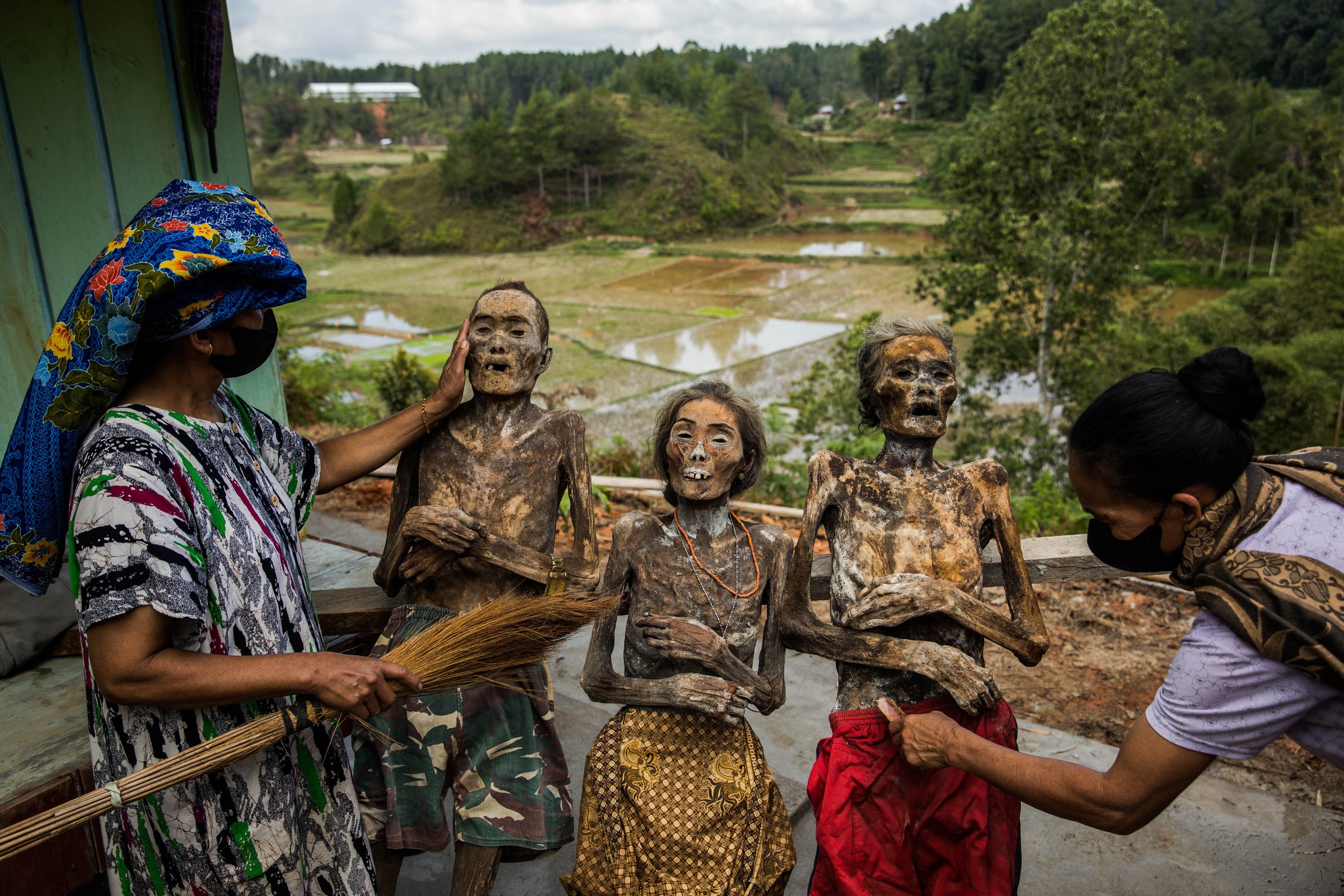
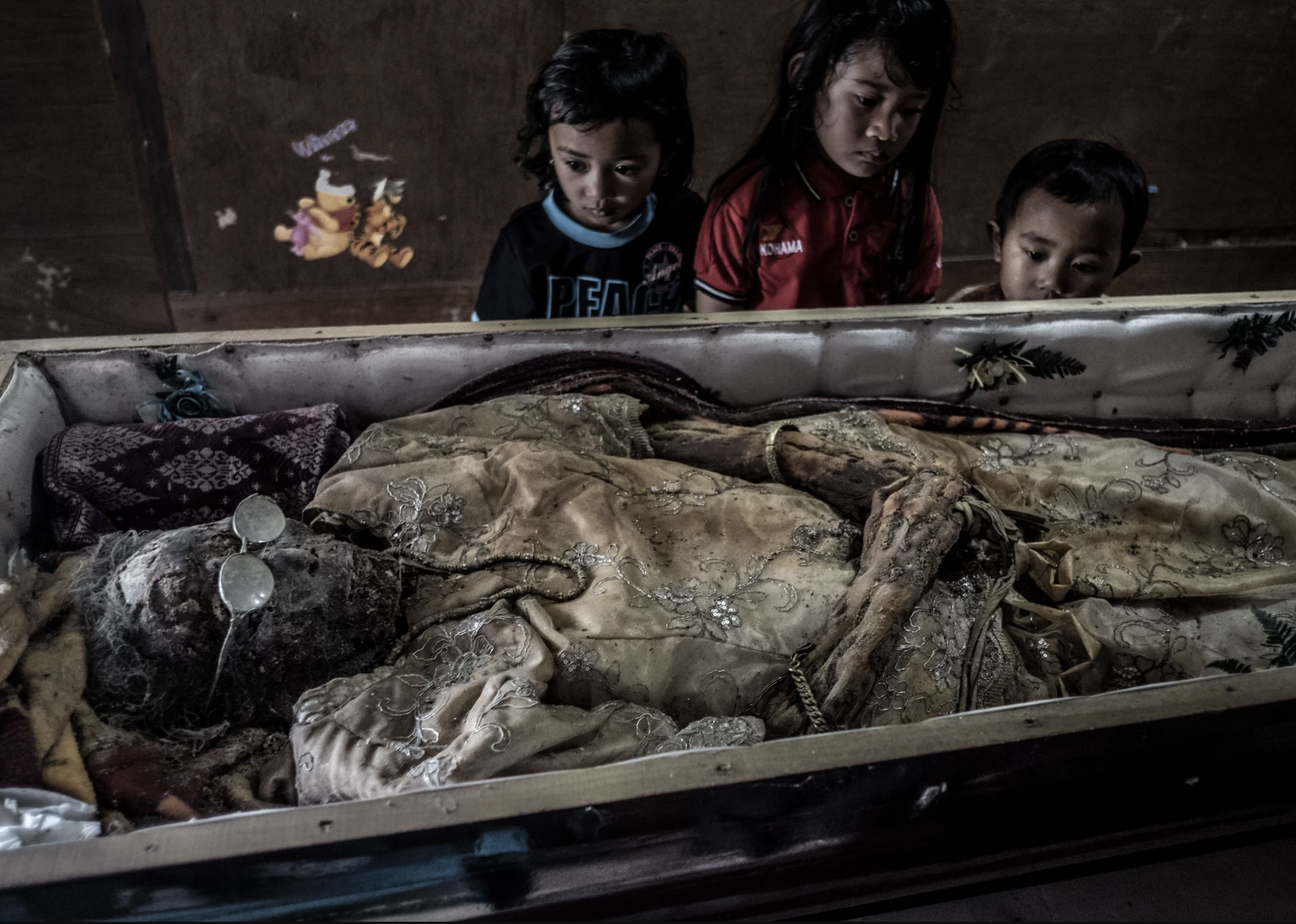
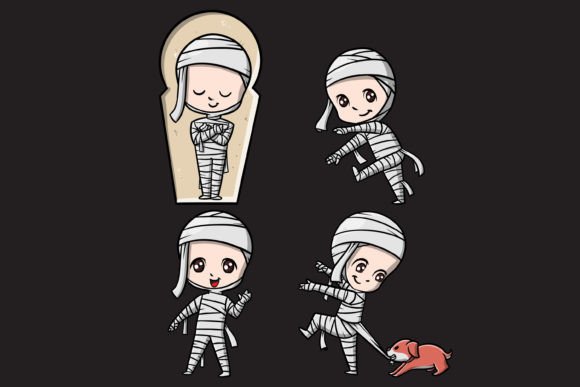
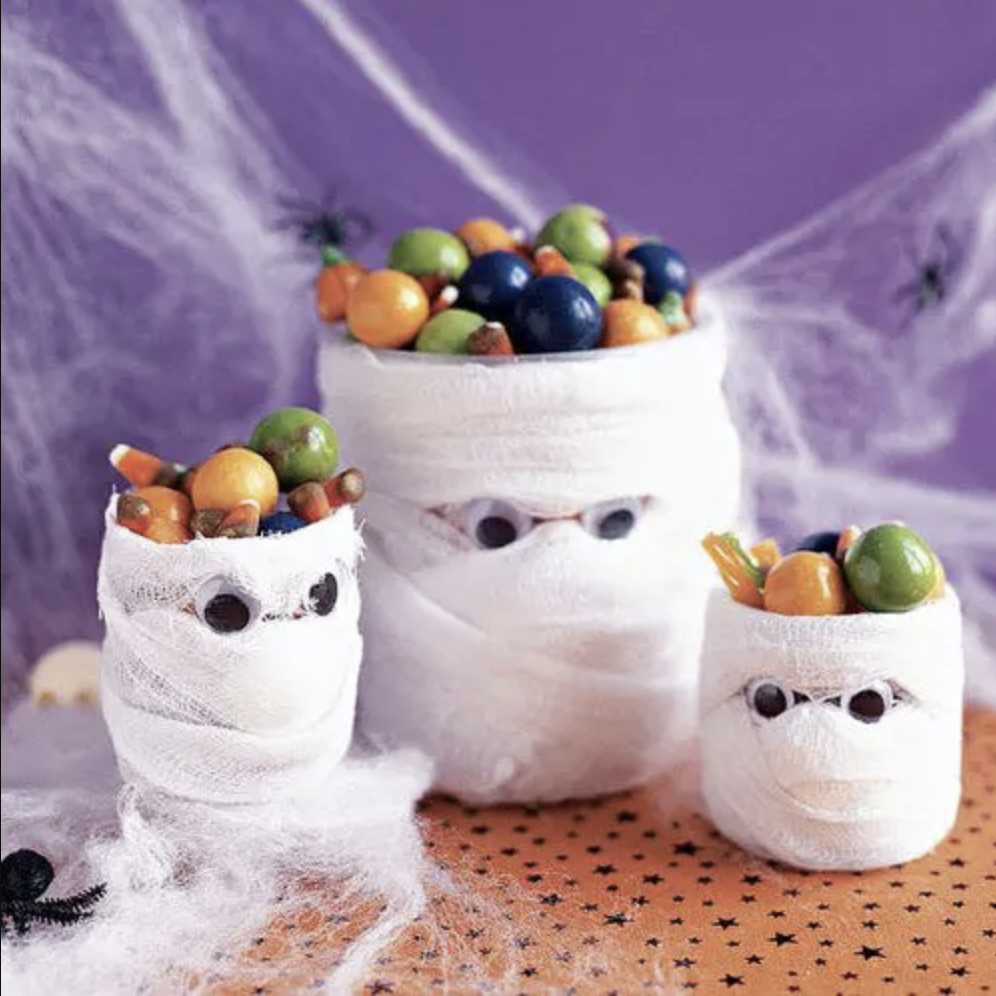
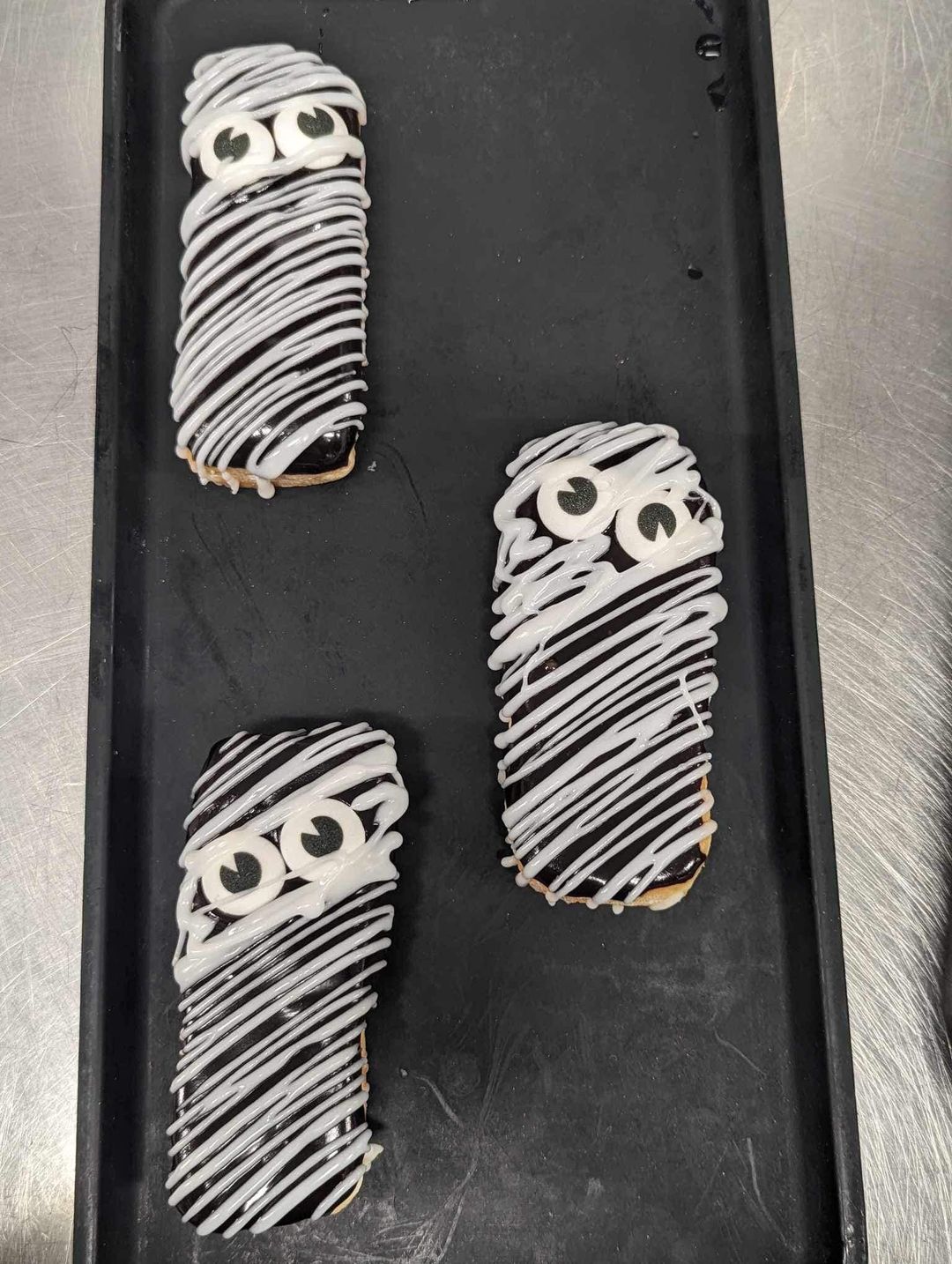
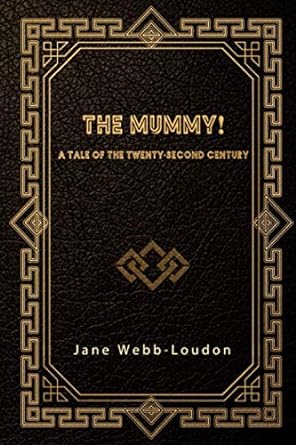
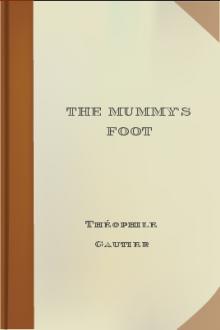
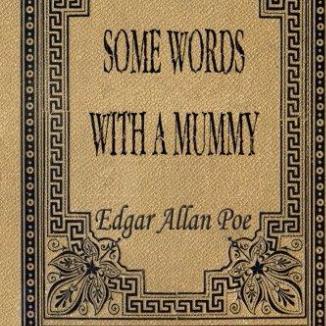
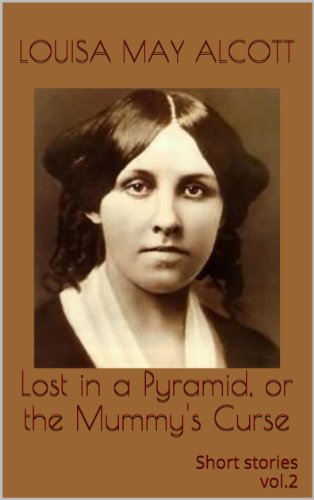
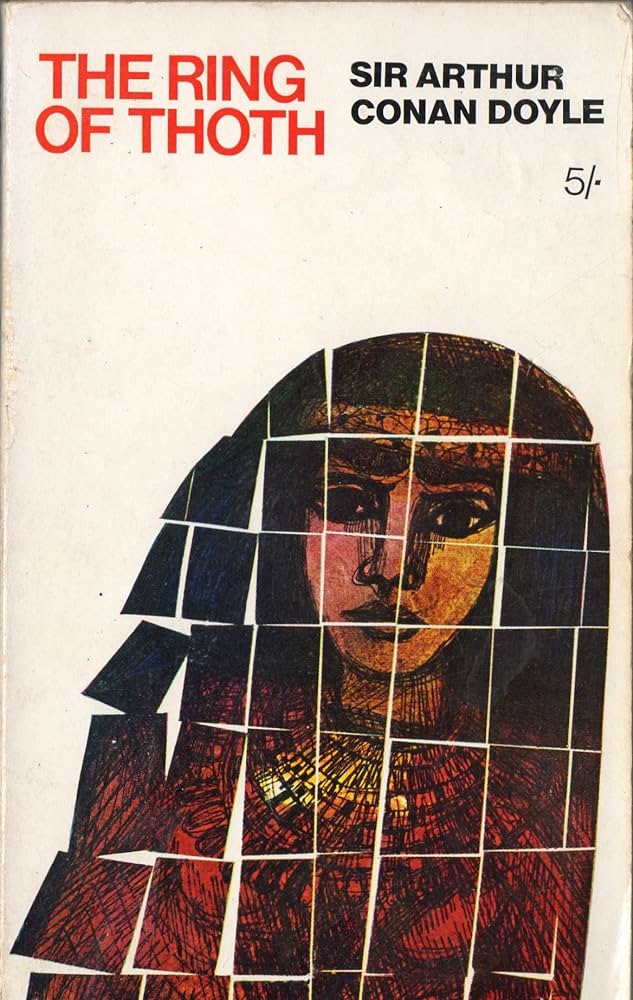
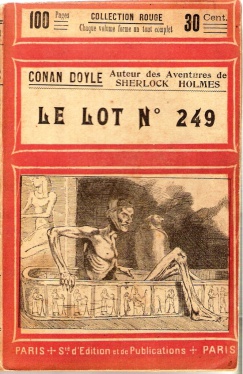
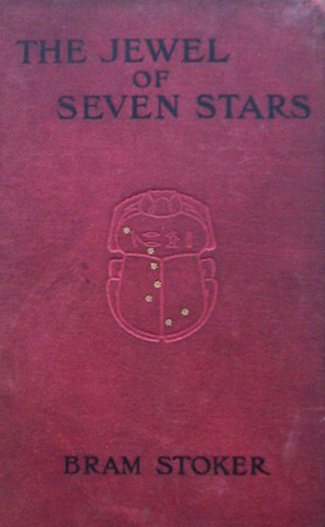
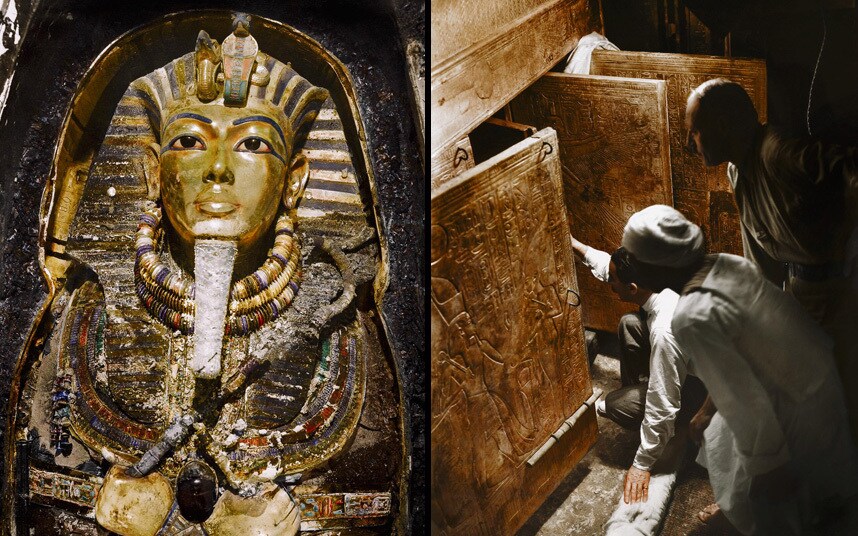
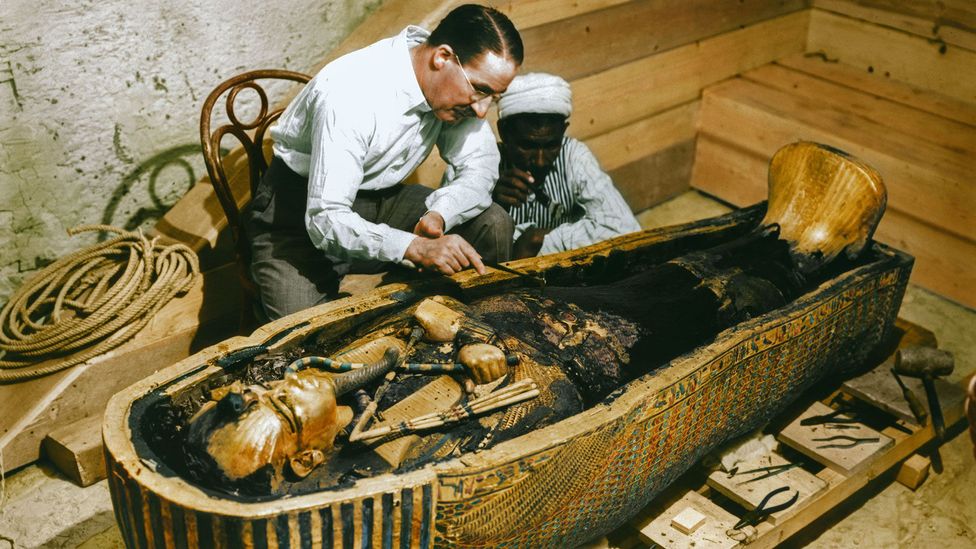
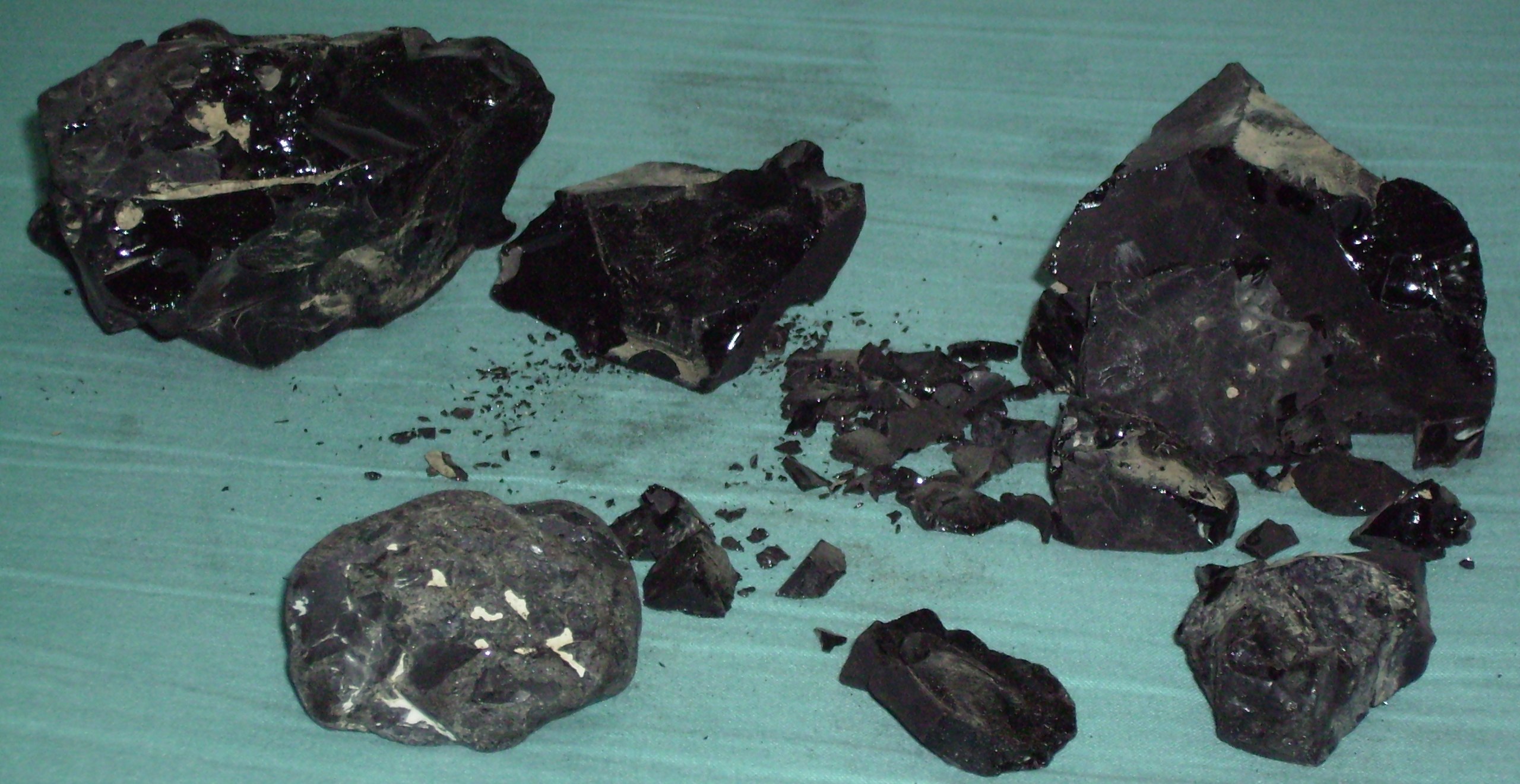
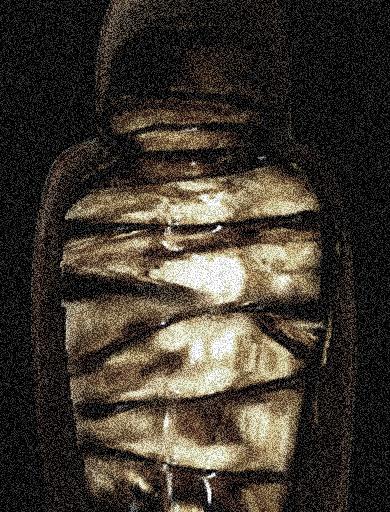
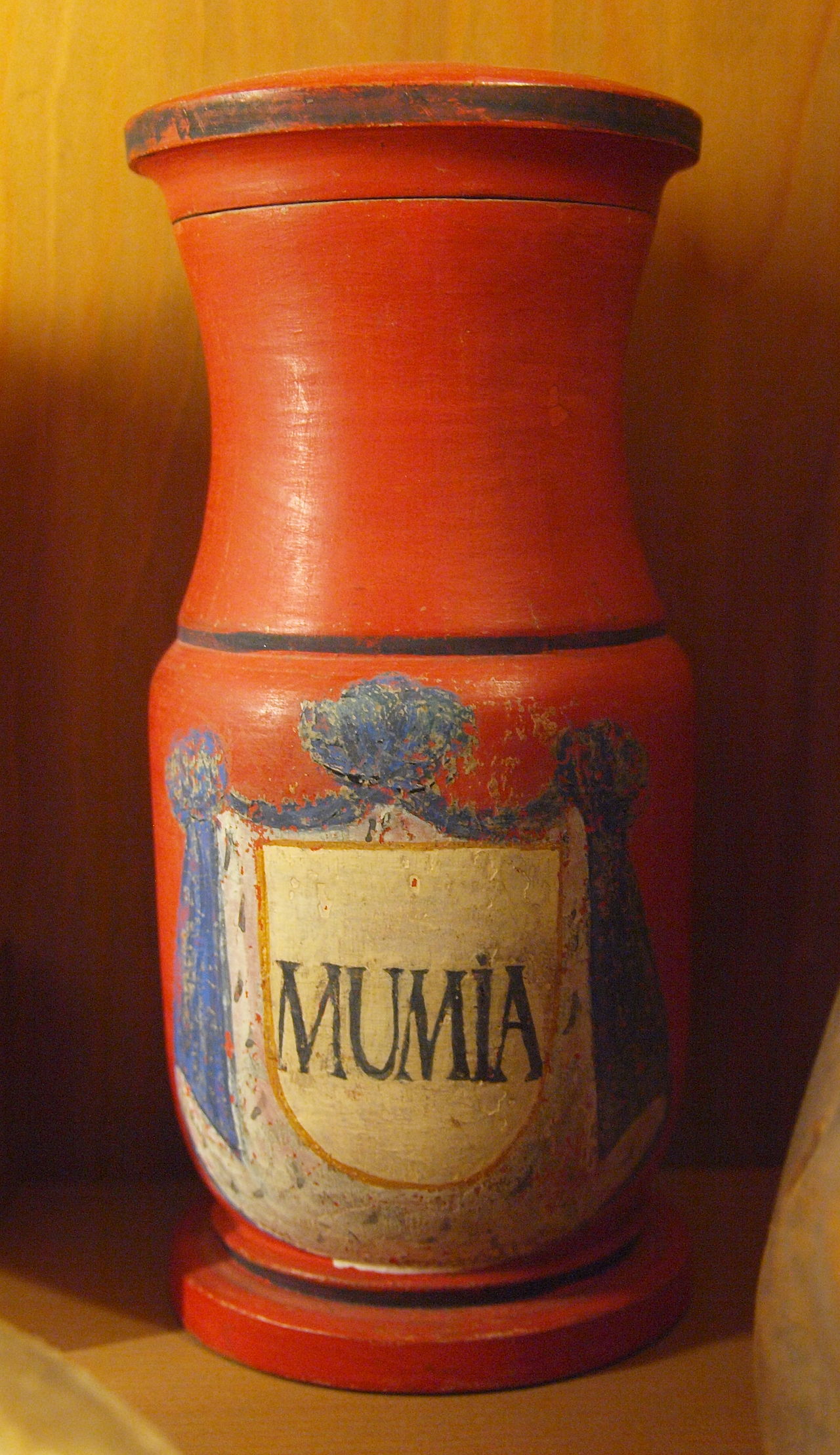
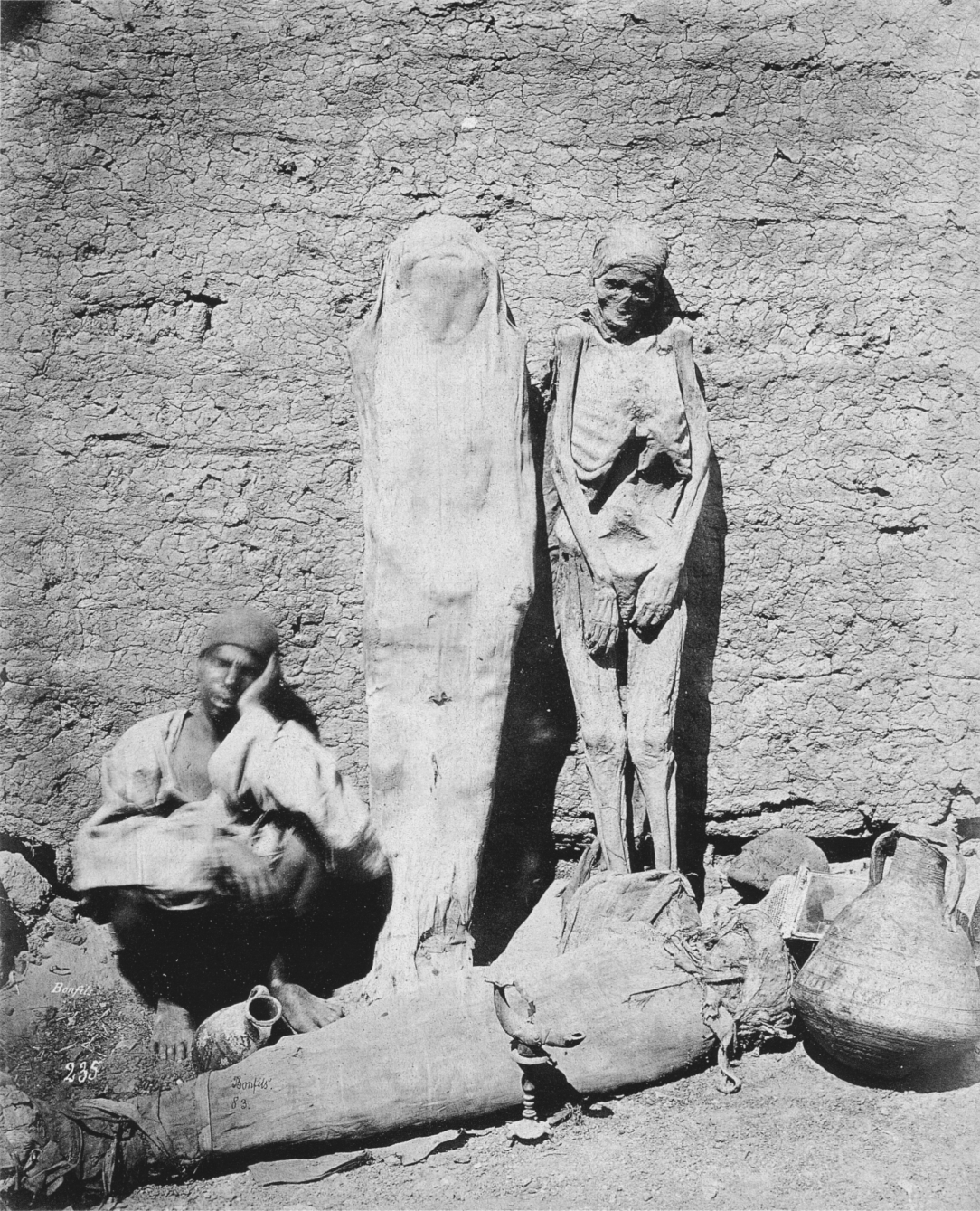
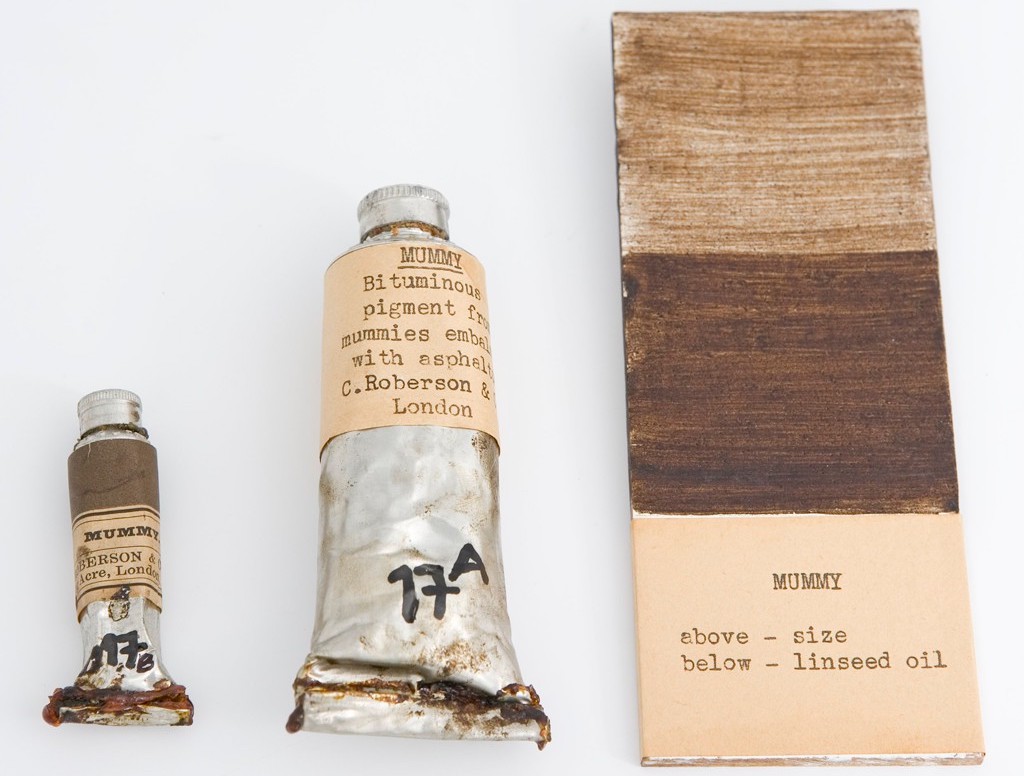

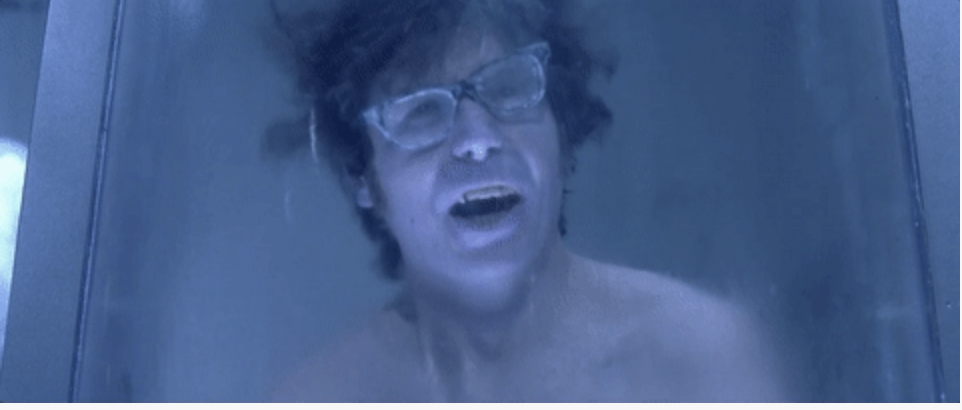
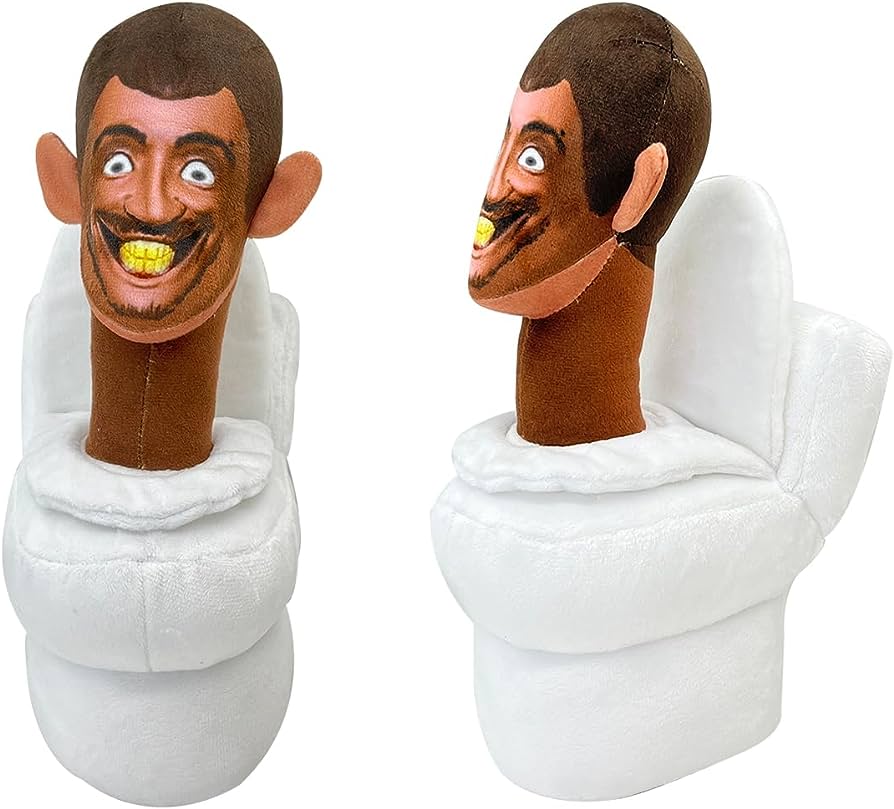
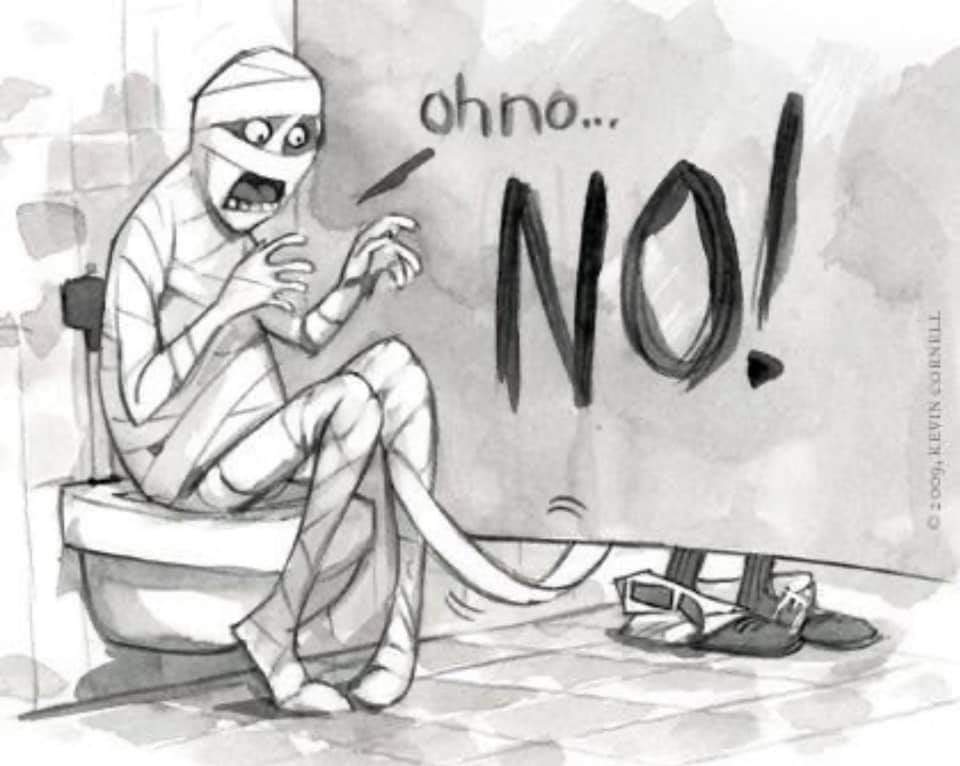
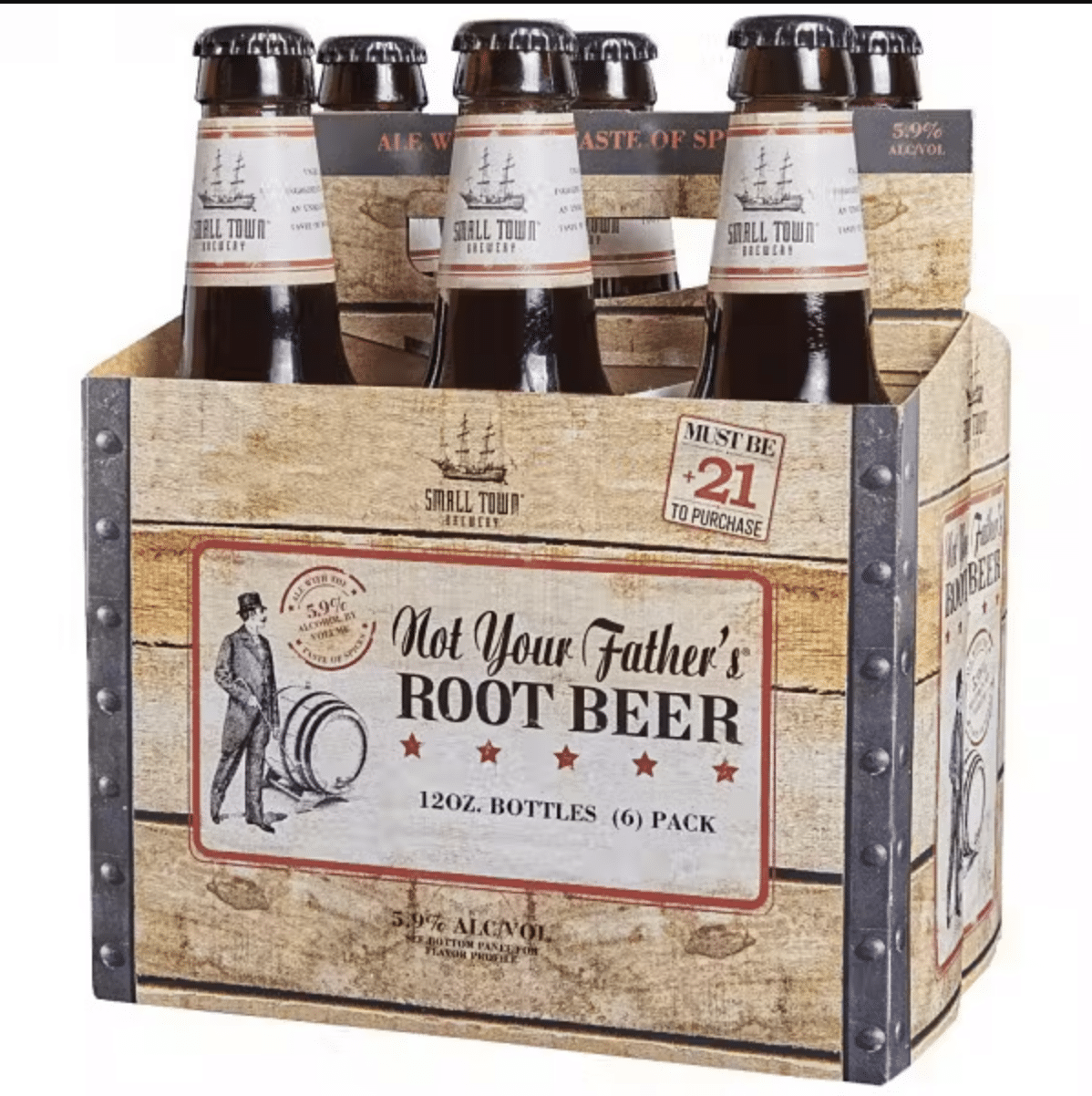
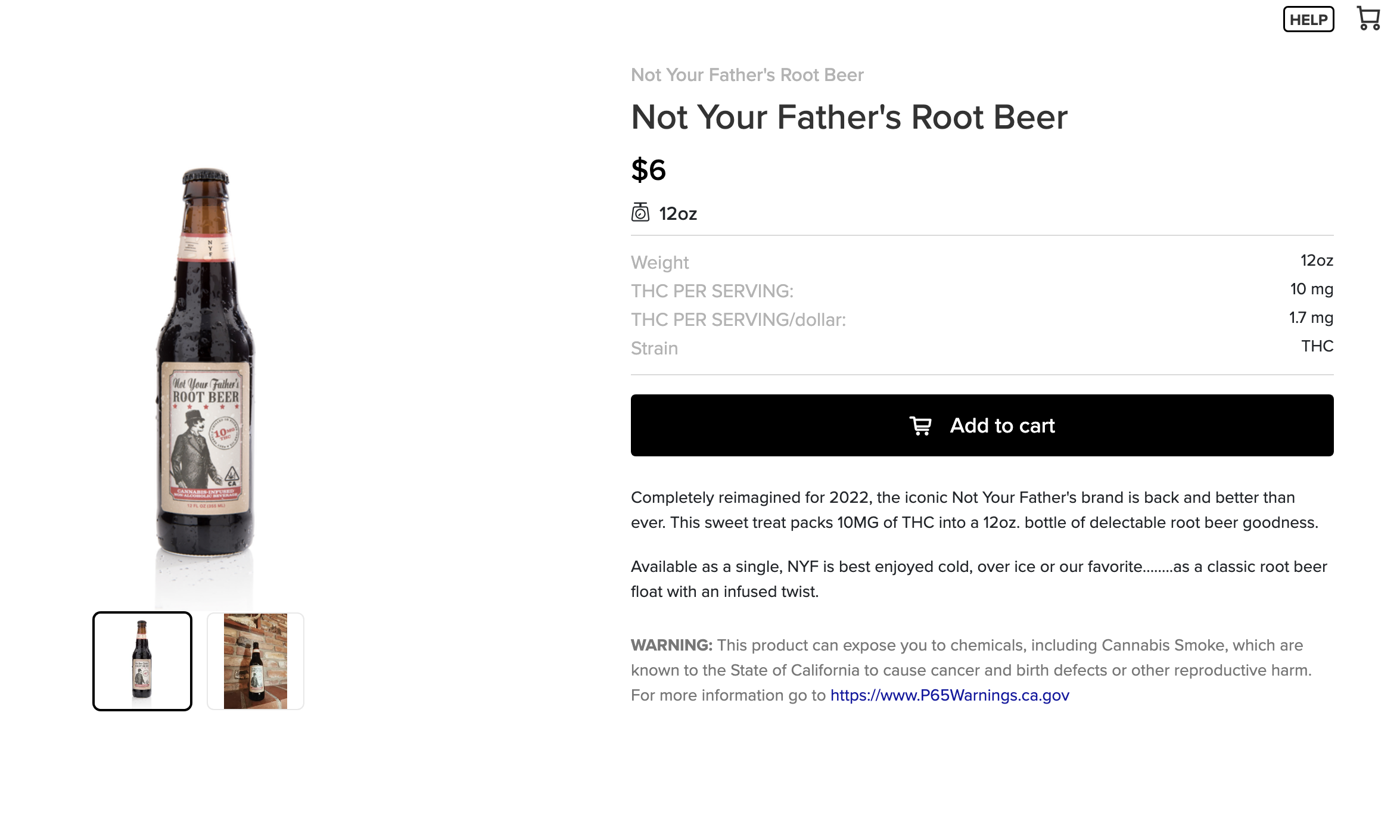
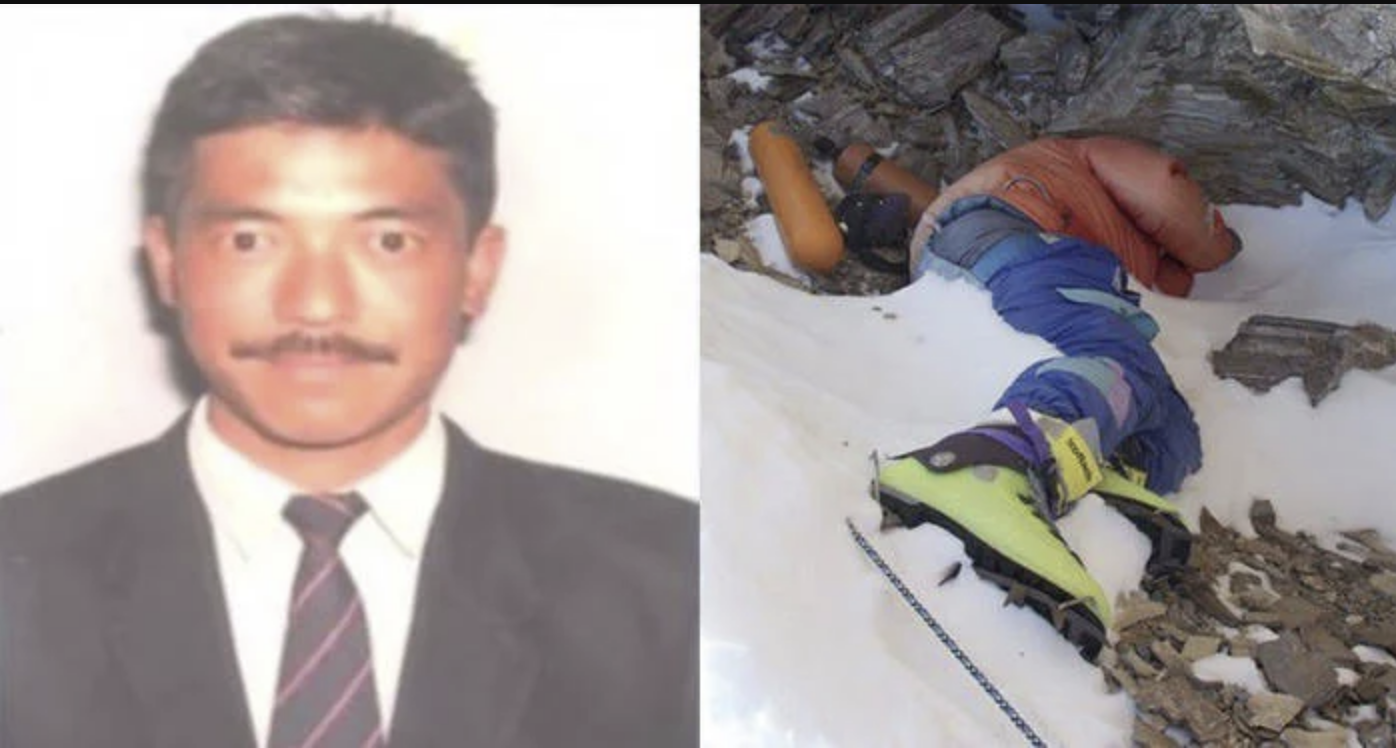
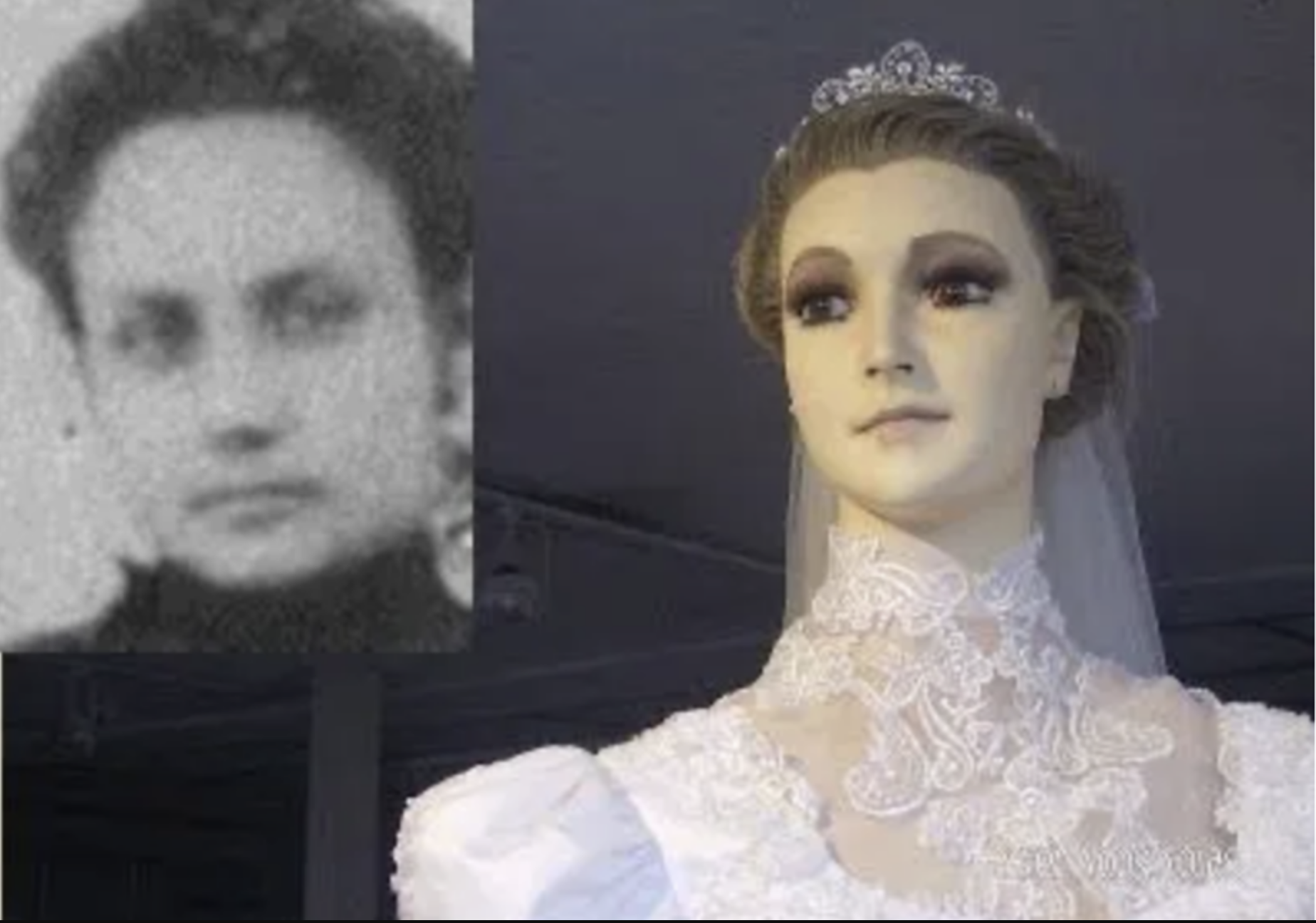
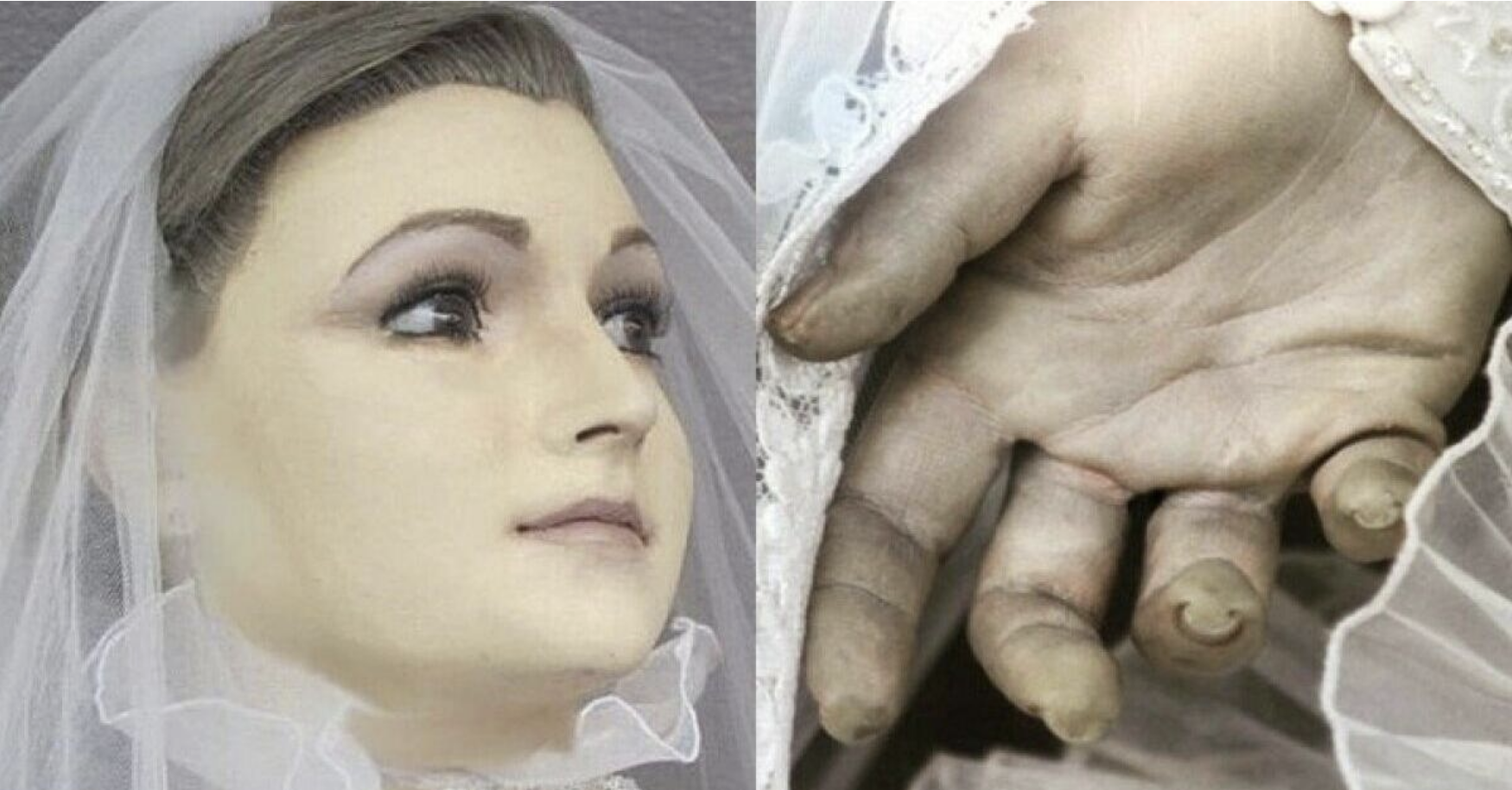

I am sure this article has touched all the internet people, its really really fastidious article on building up new webpage.
Also visit my website … vpn special code
If you would like to obtain much from this paragraph then you have to apply these strategies to your won web site.
My web page :: vpn coupon code 2024
Hello, i feel that i saw you visited my site thus i came to go back
the favor?.I’m attempting to find issues to enhance my site!I suppose its adequate to
make use of a few of your concepts!!
Feel free to surf to my web blog; vpn special coupon code 2024